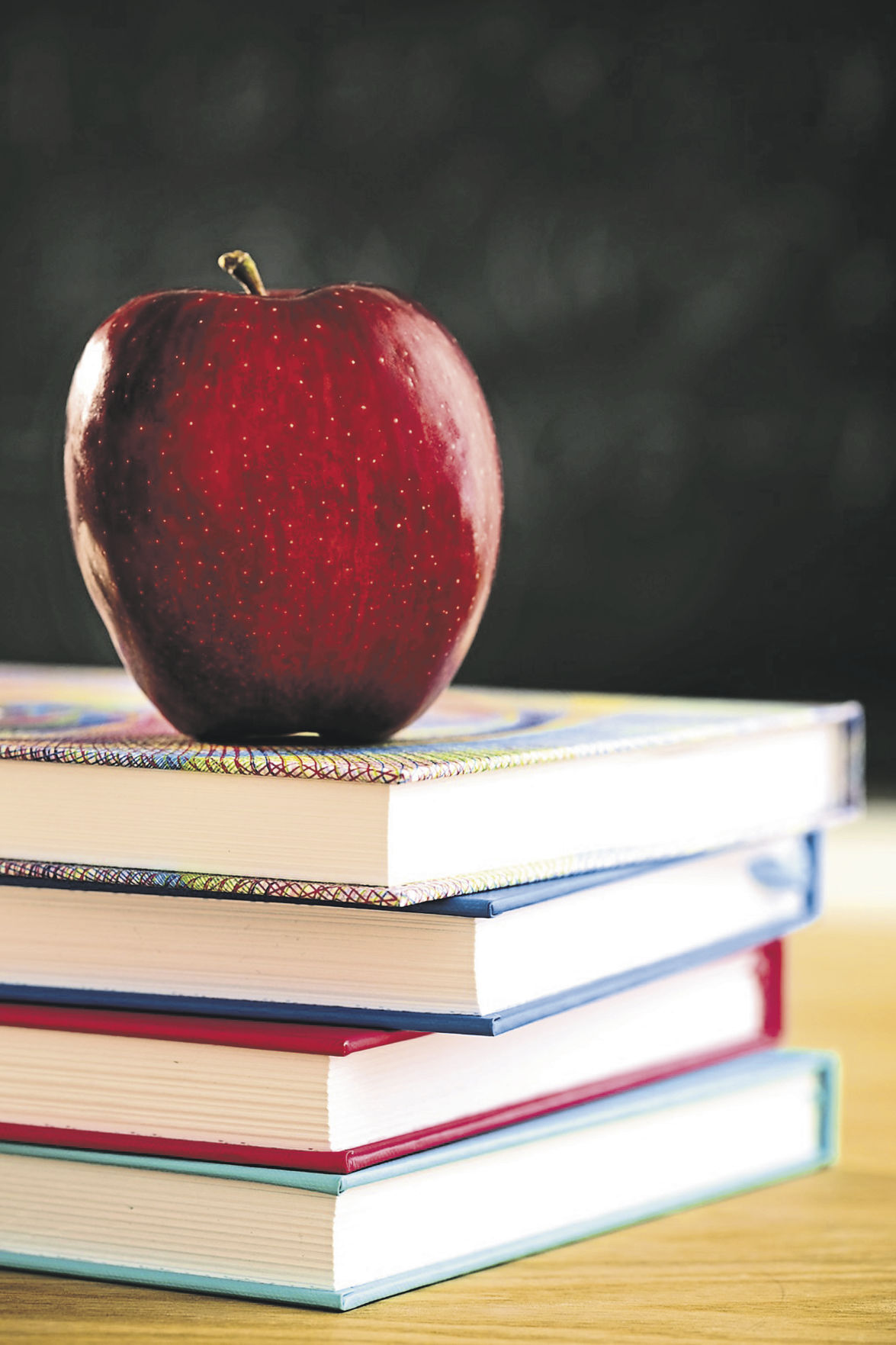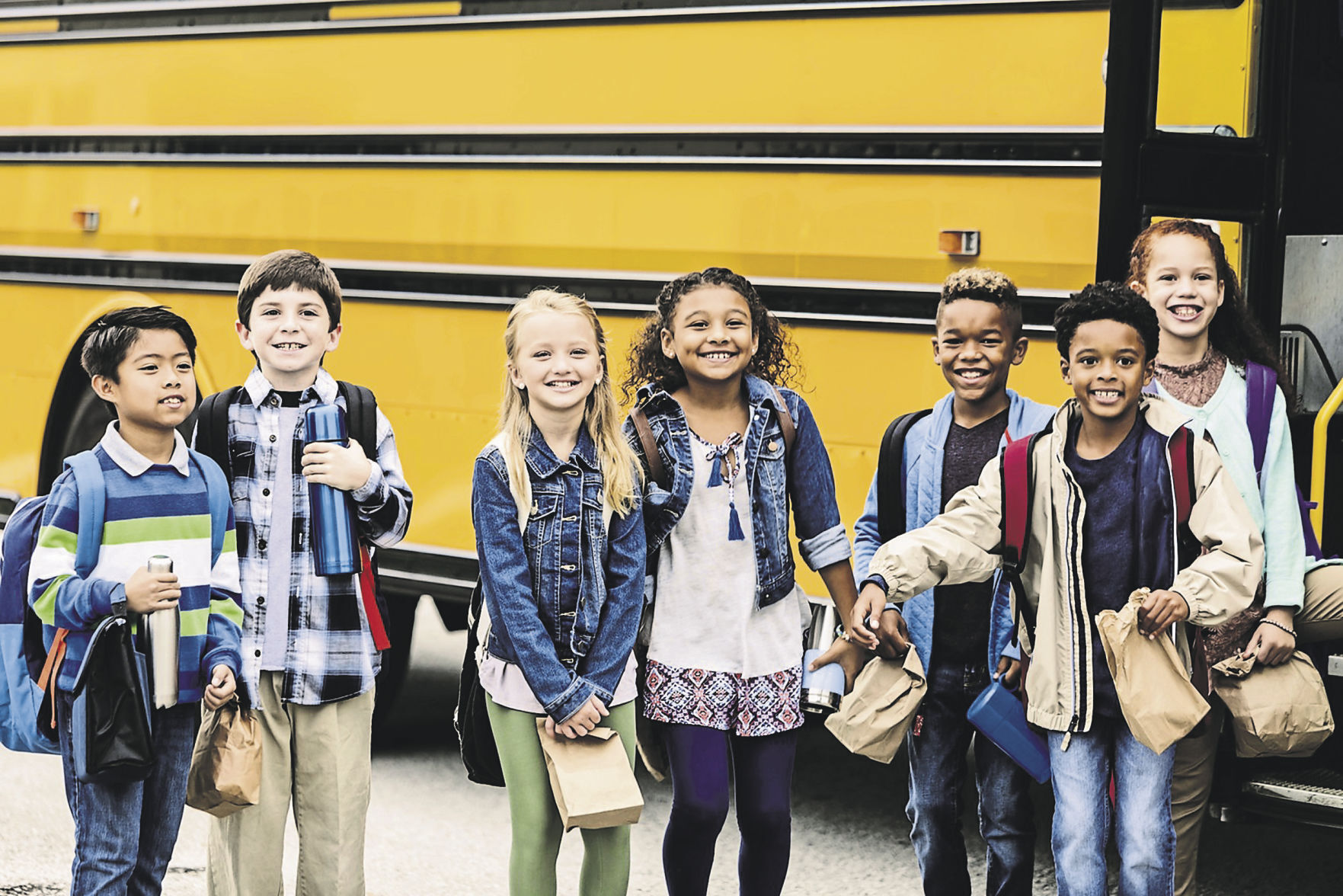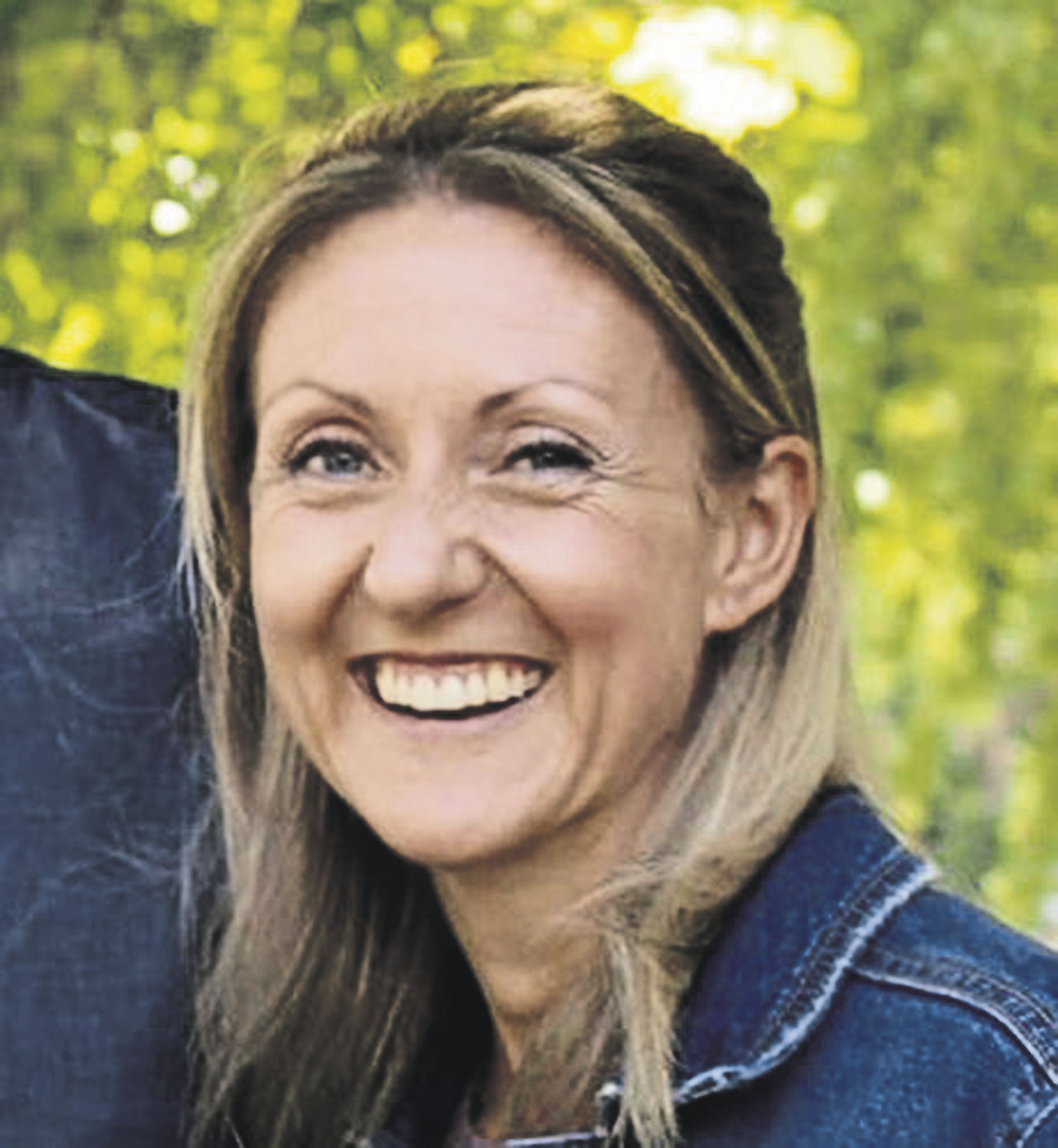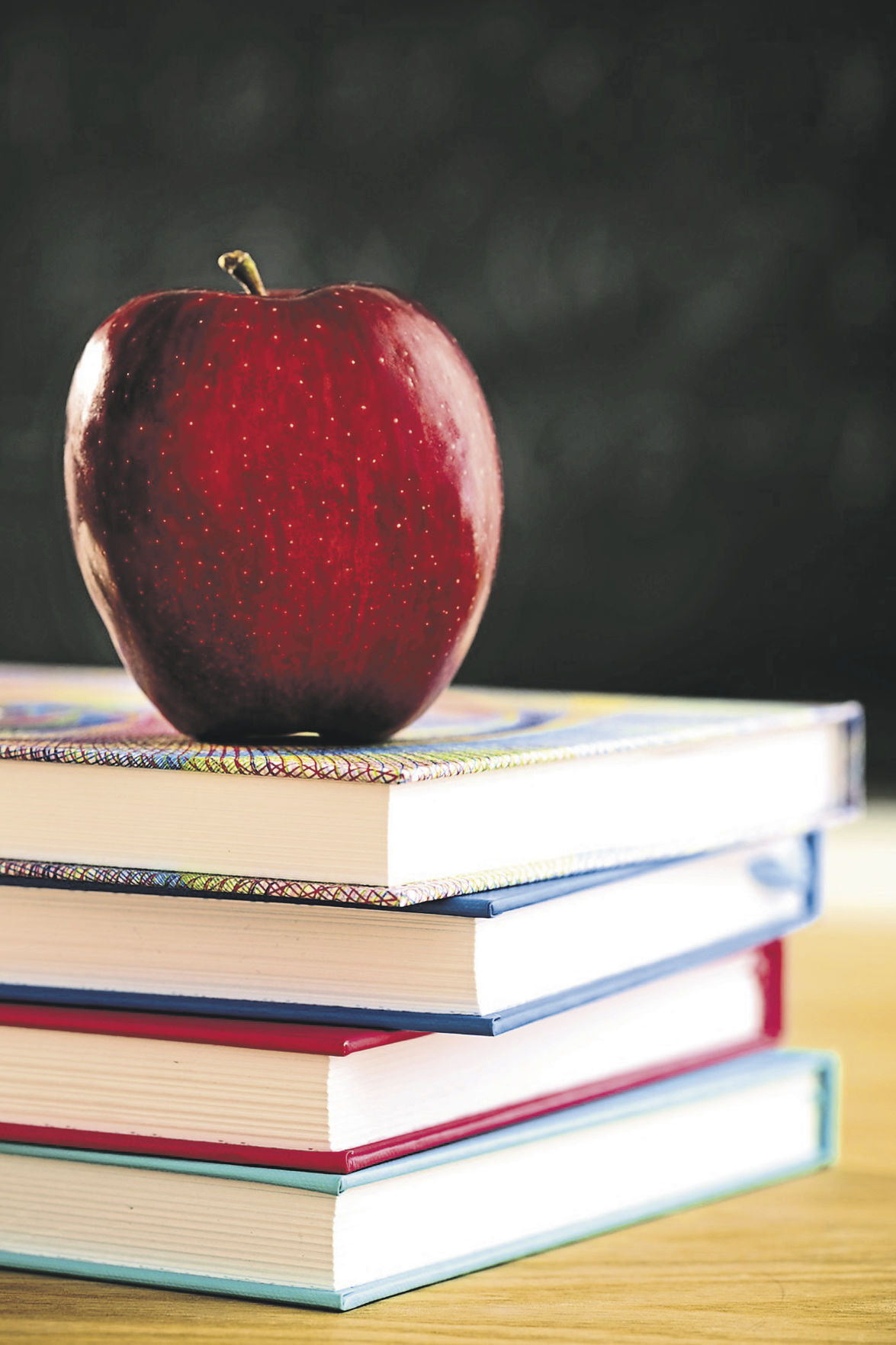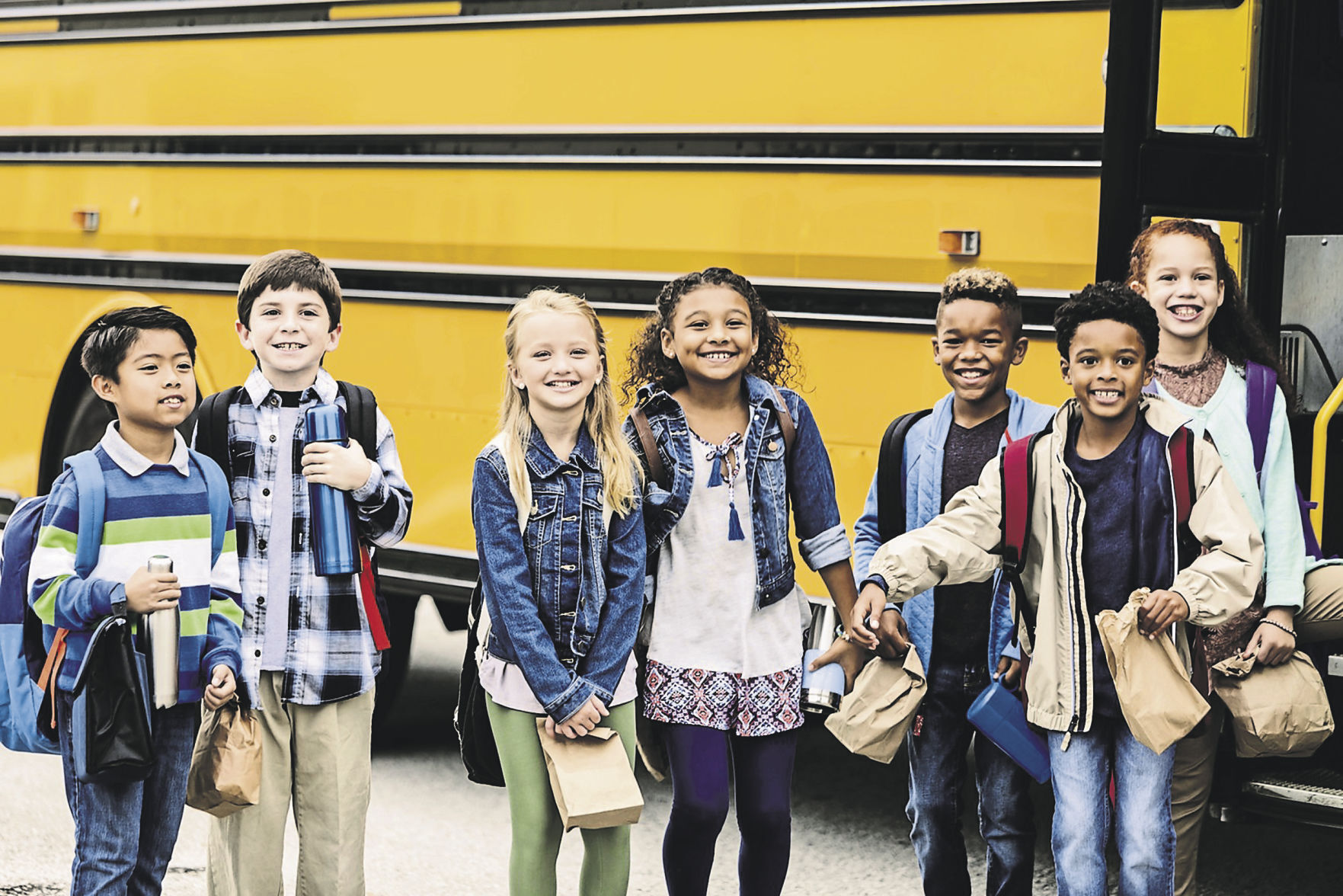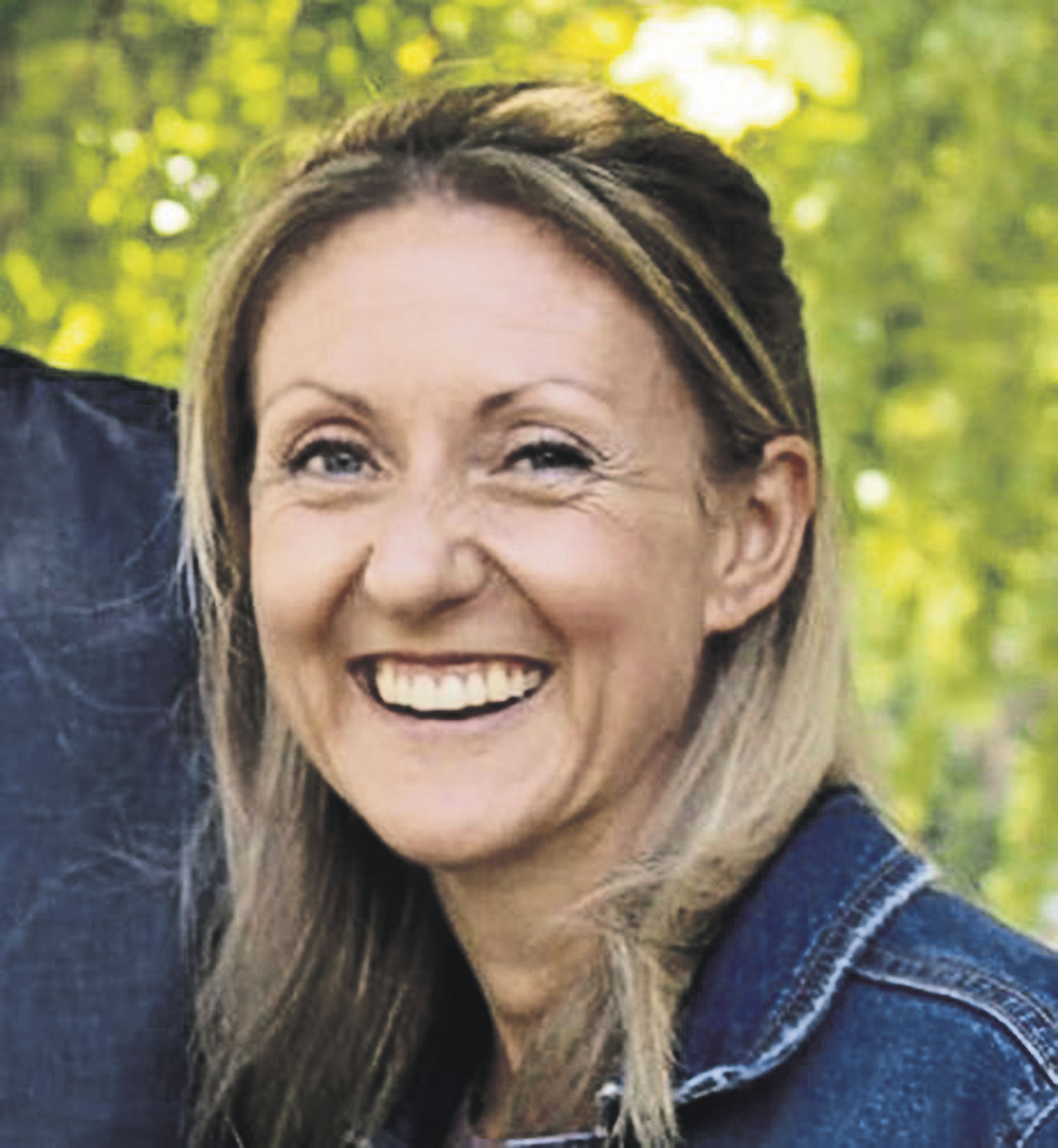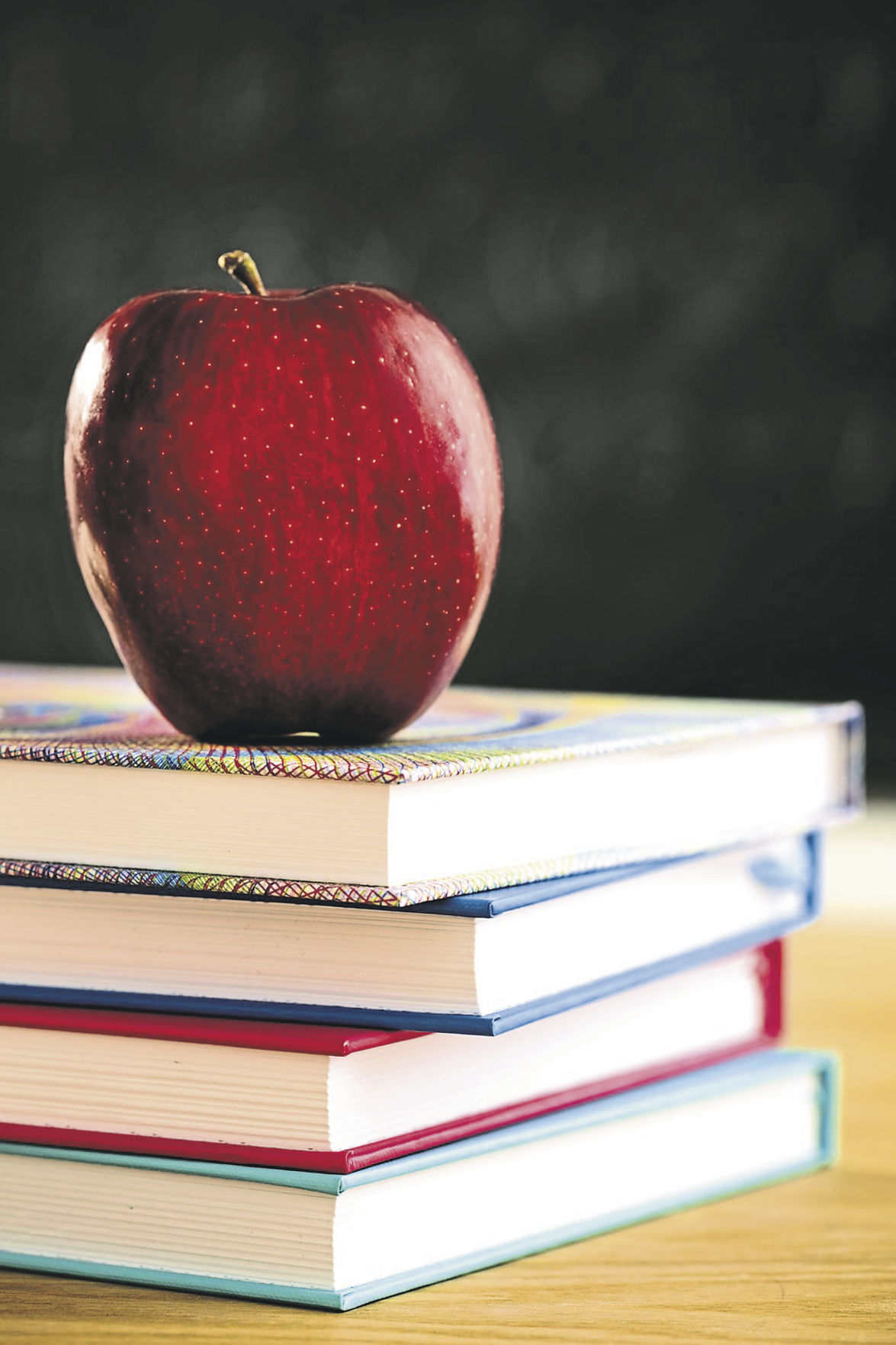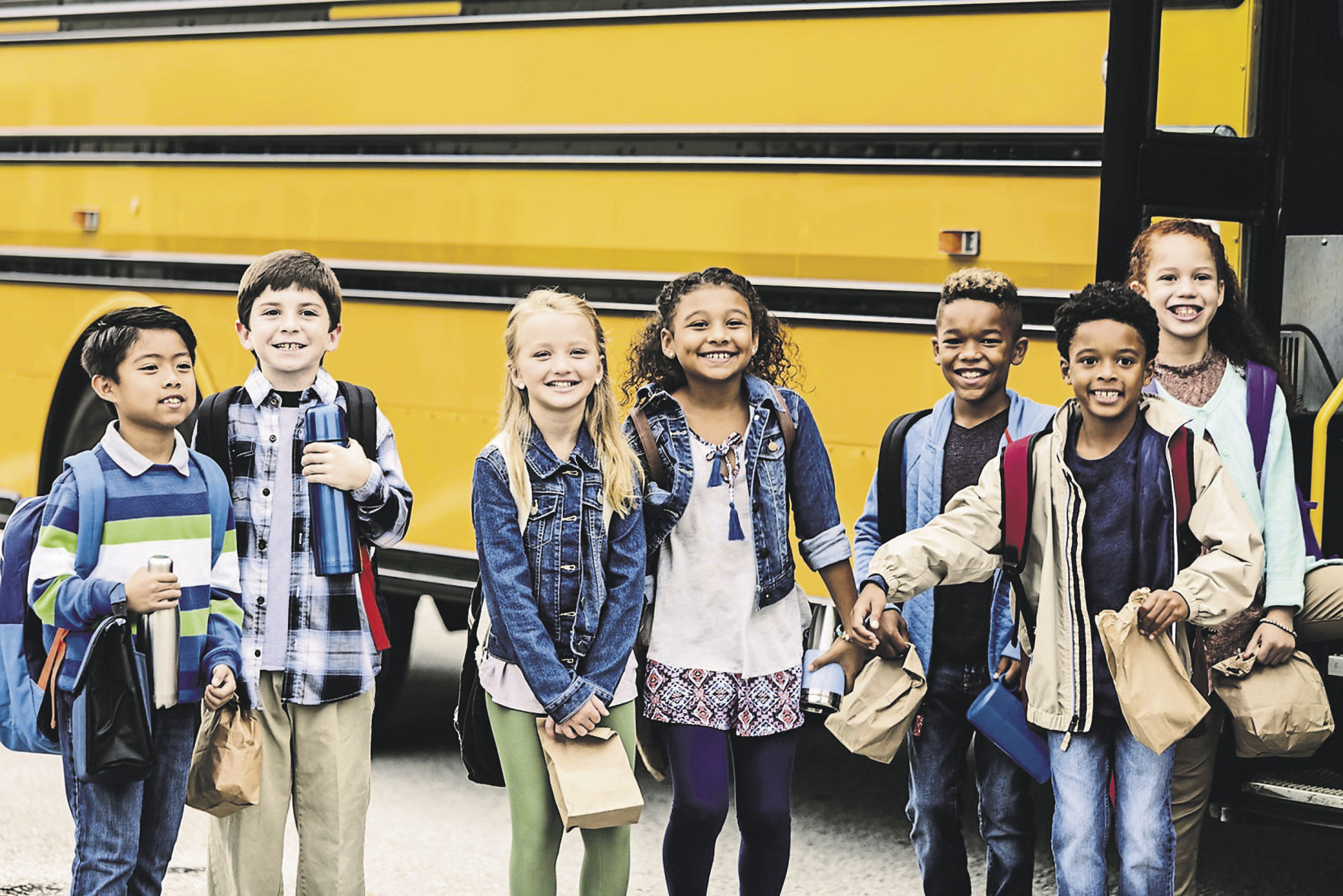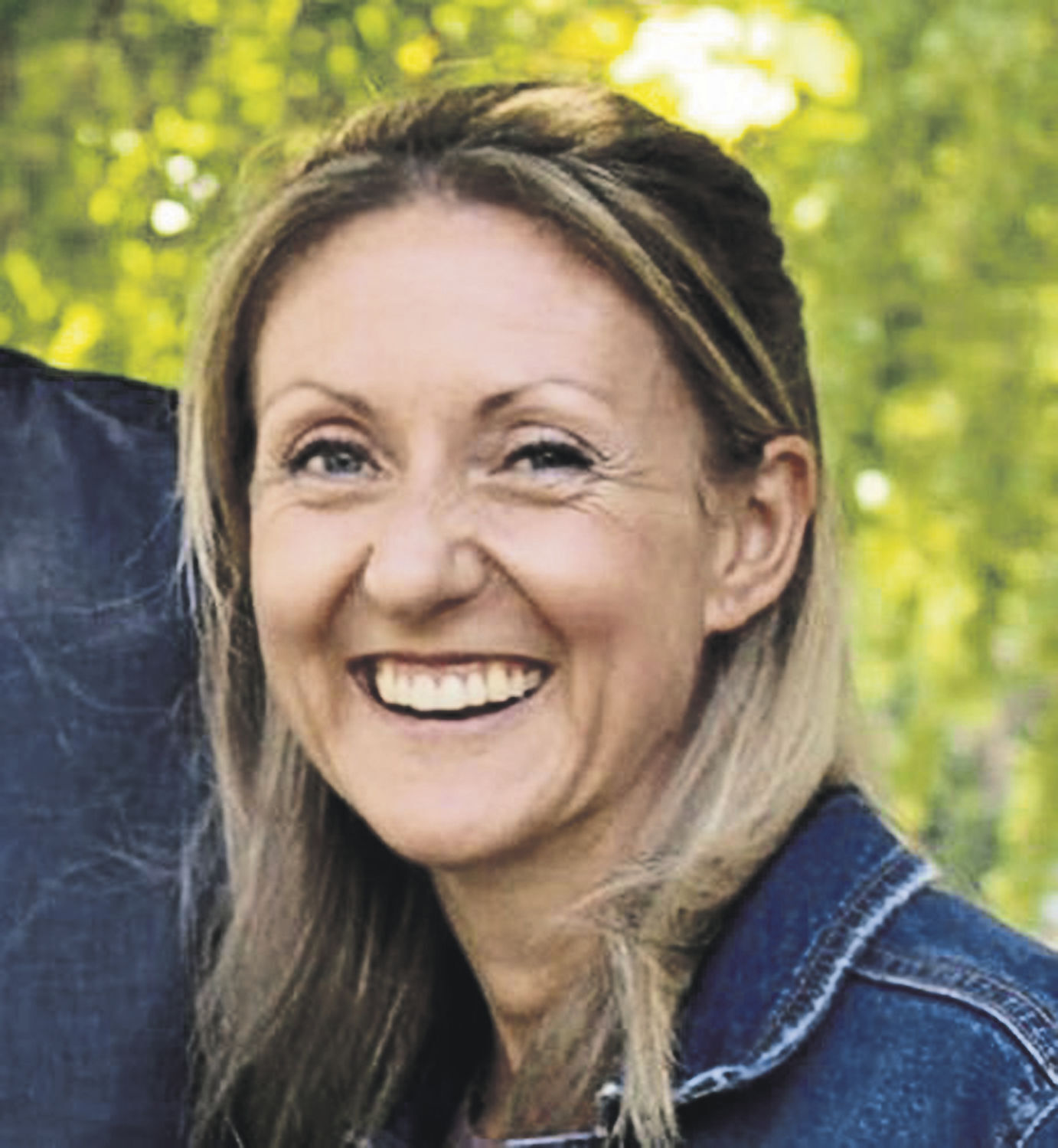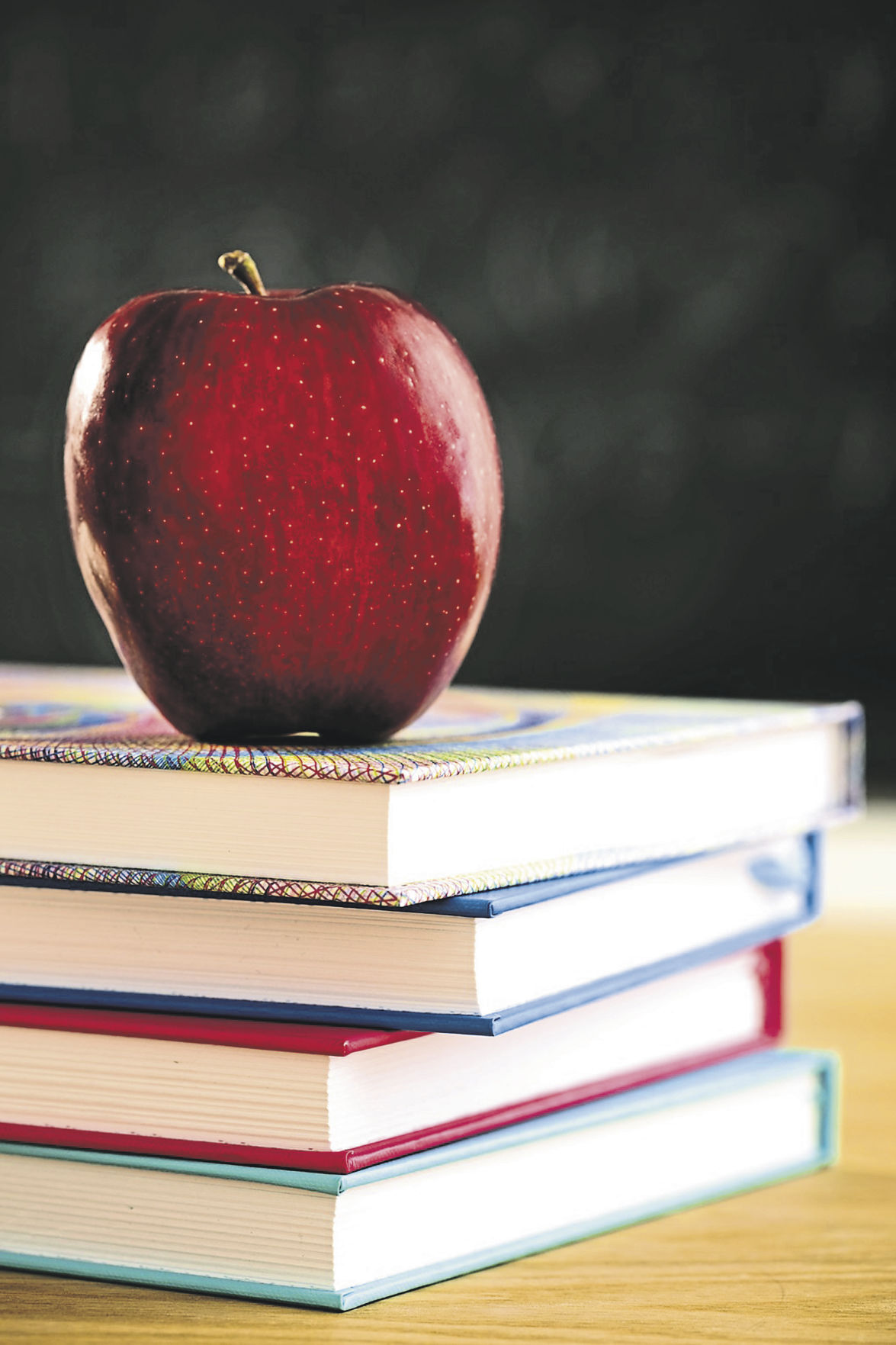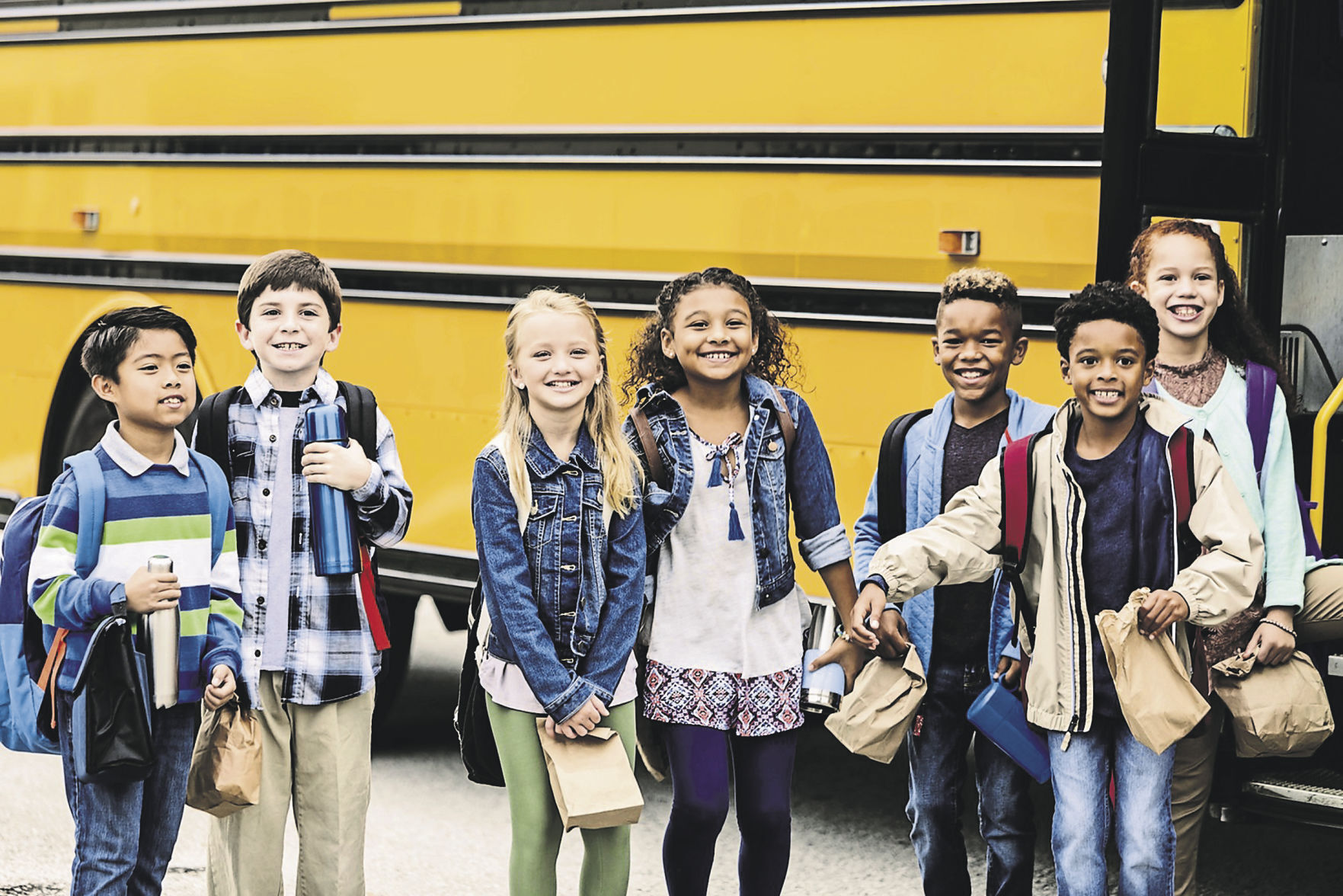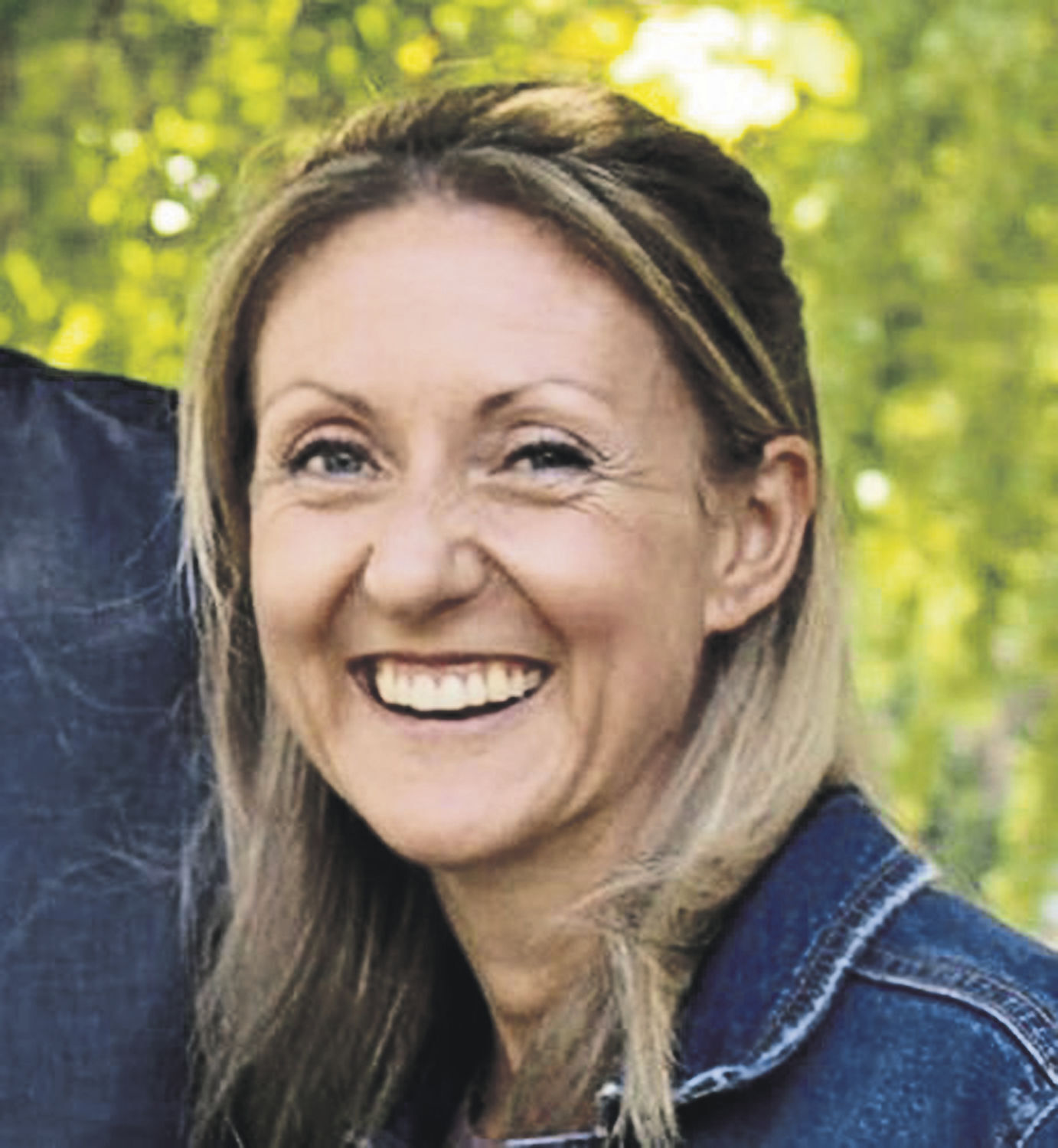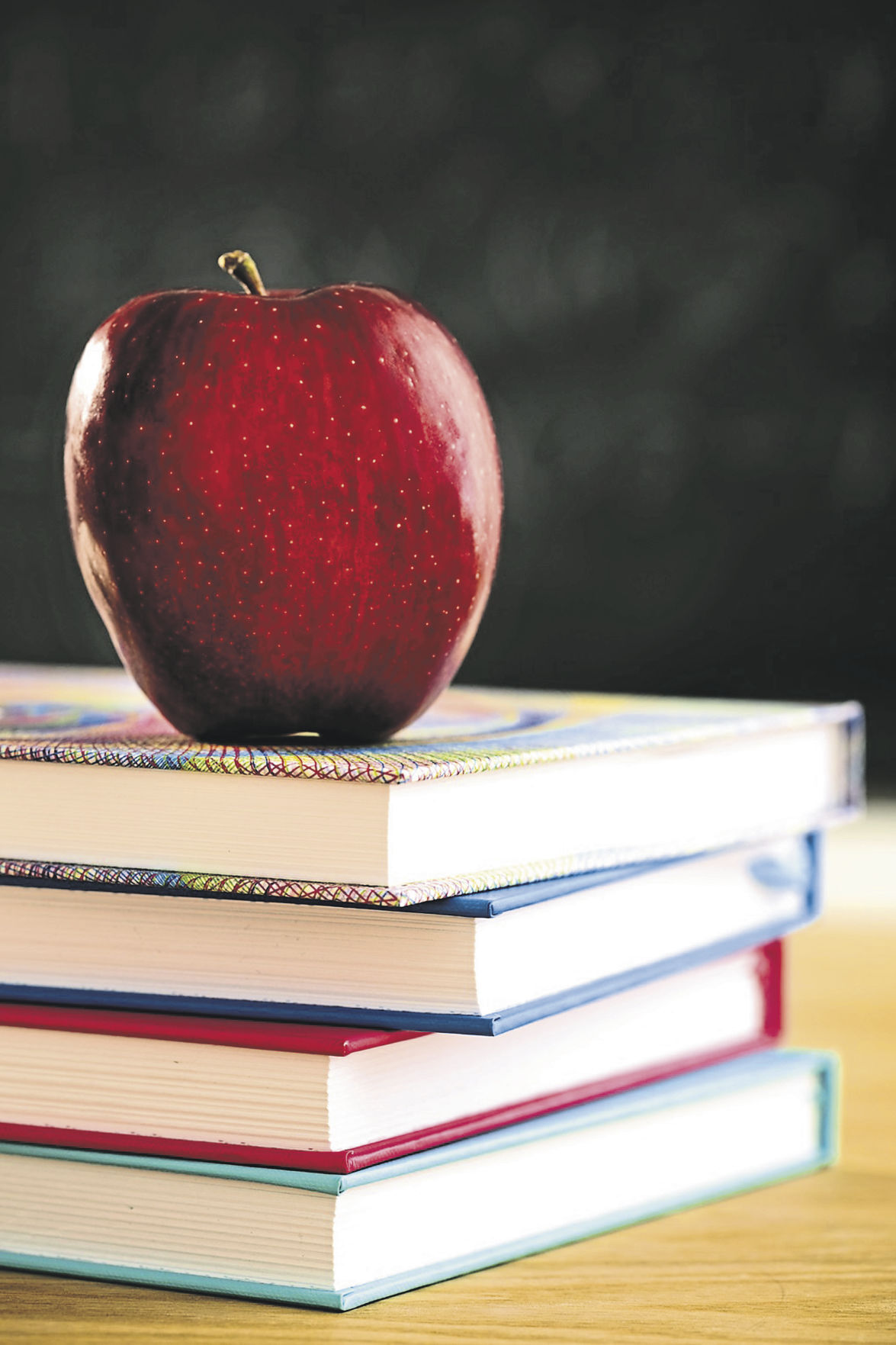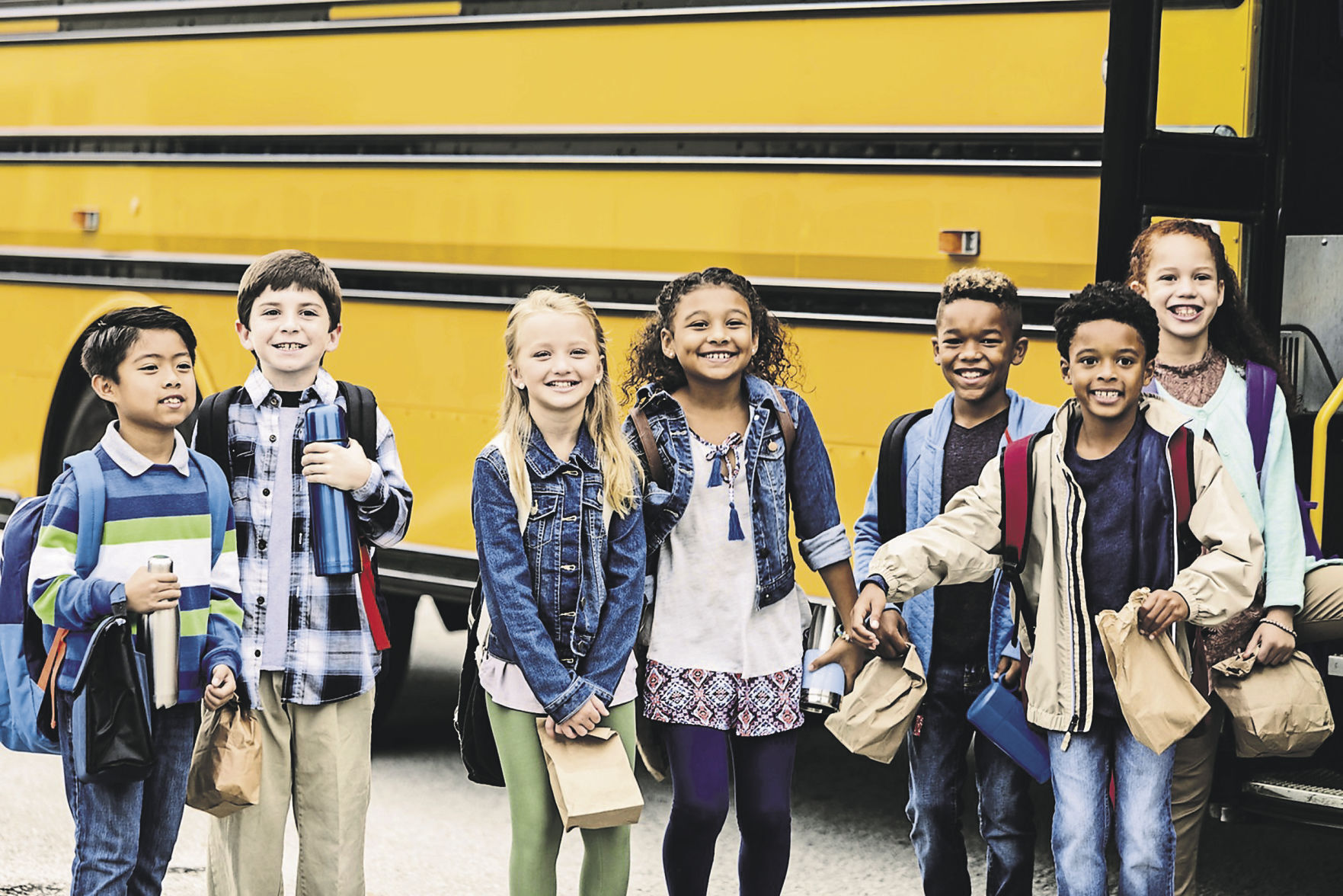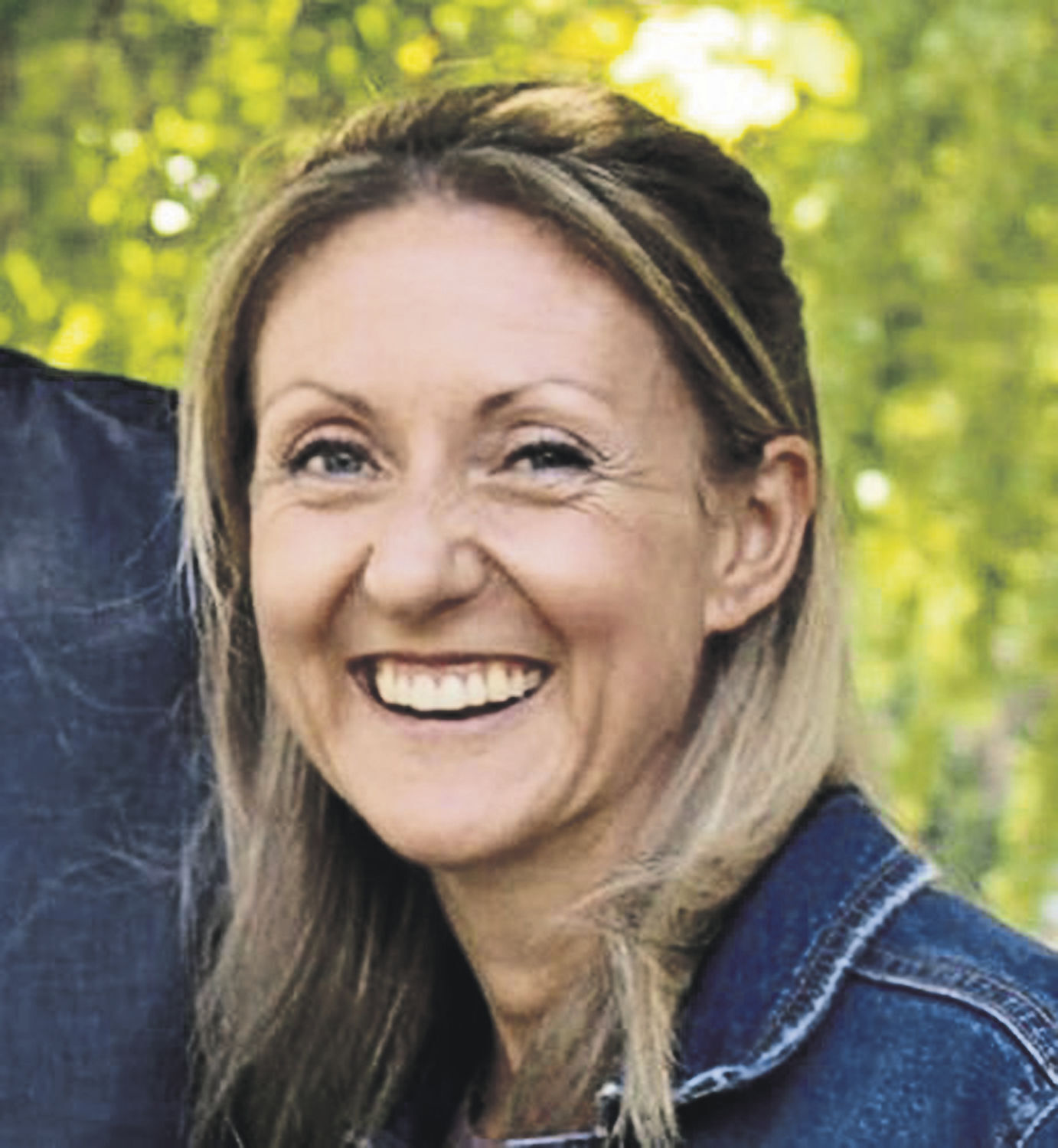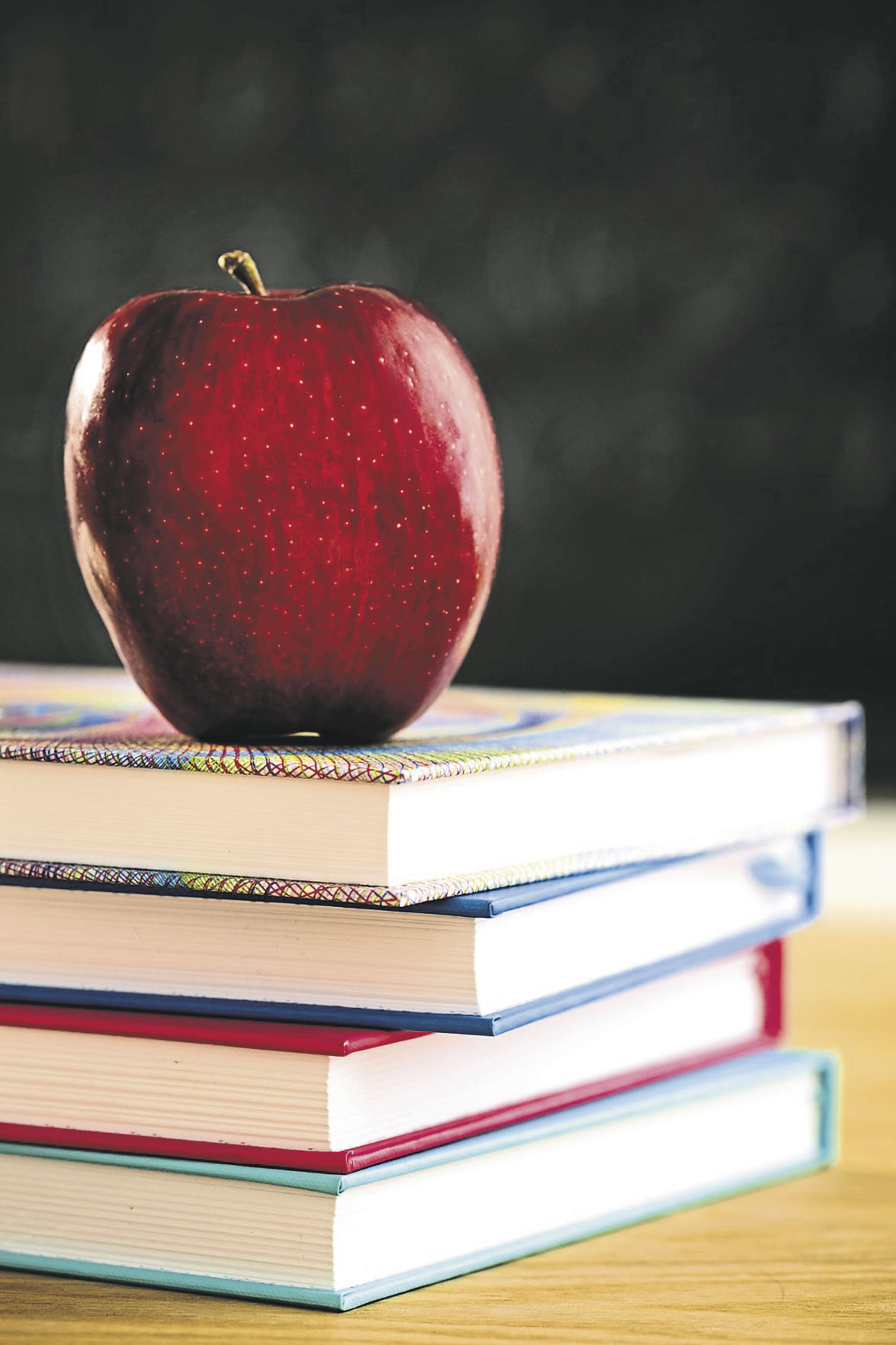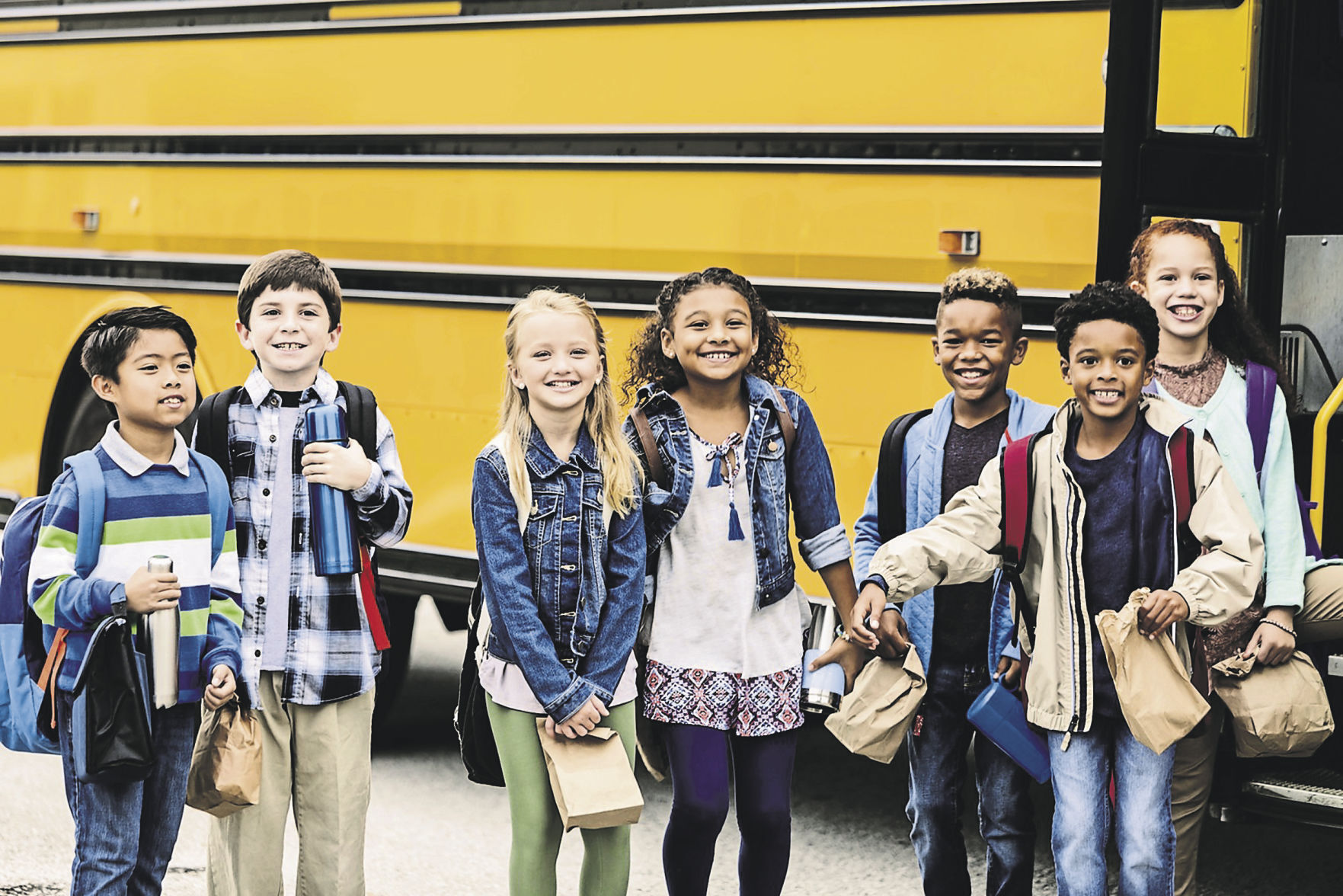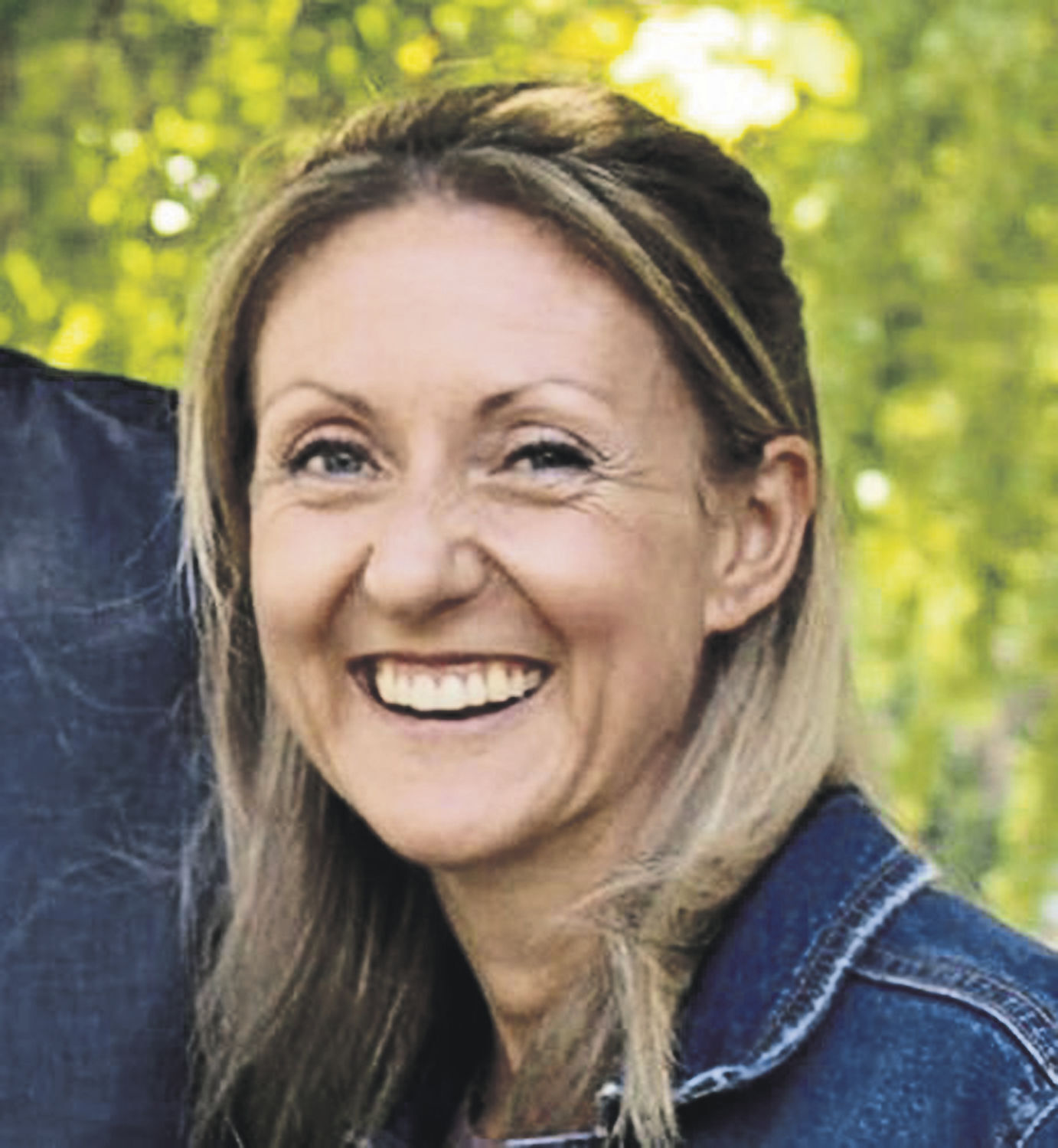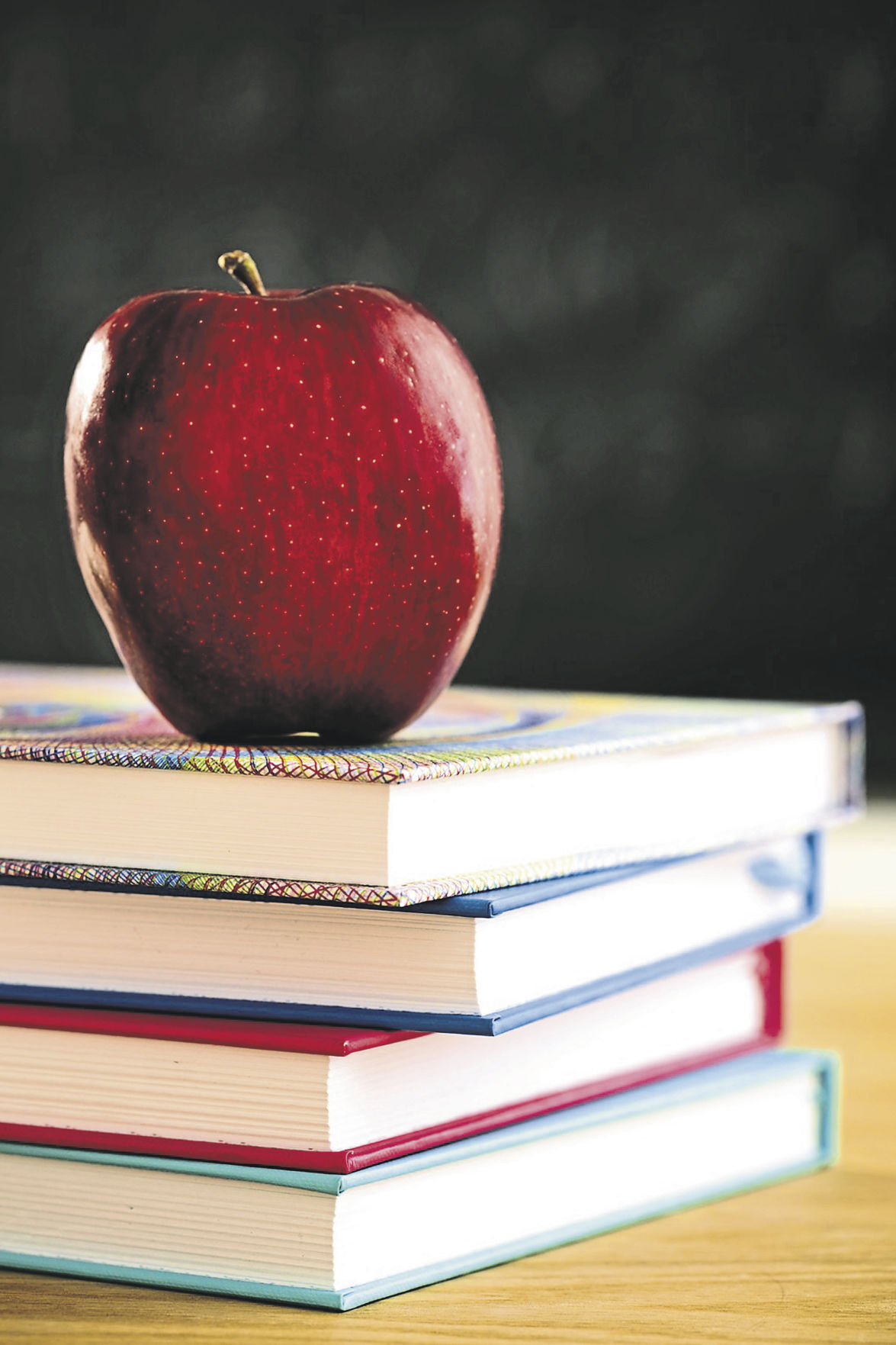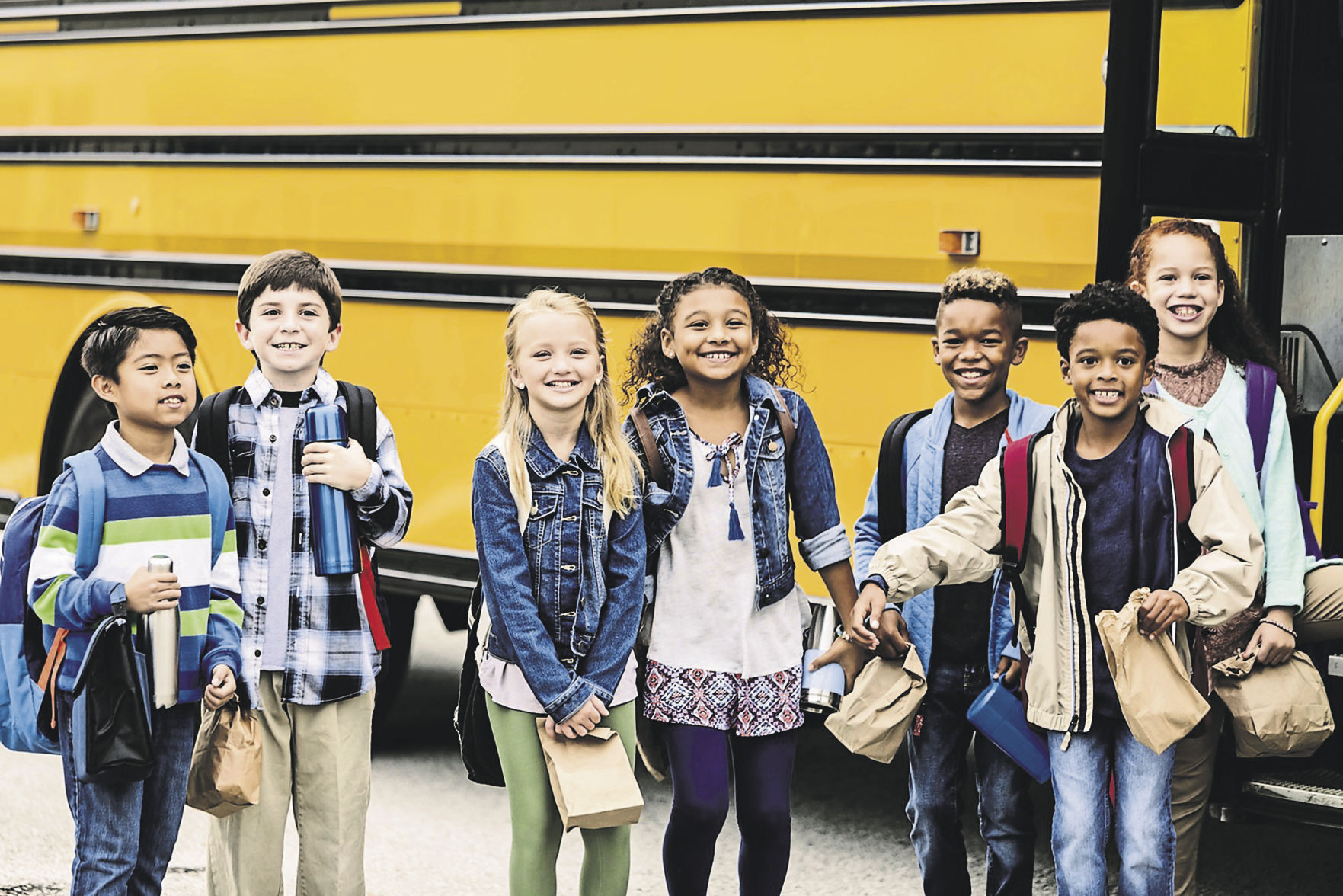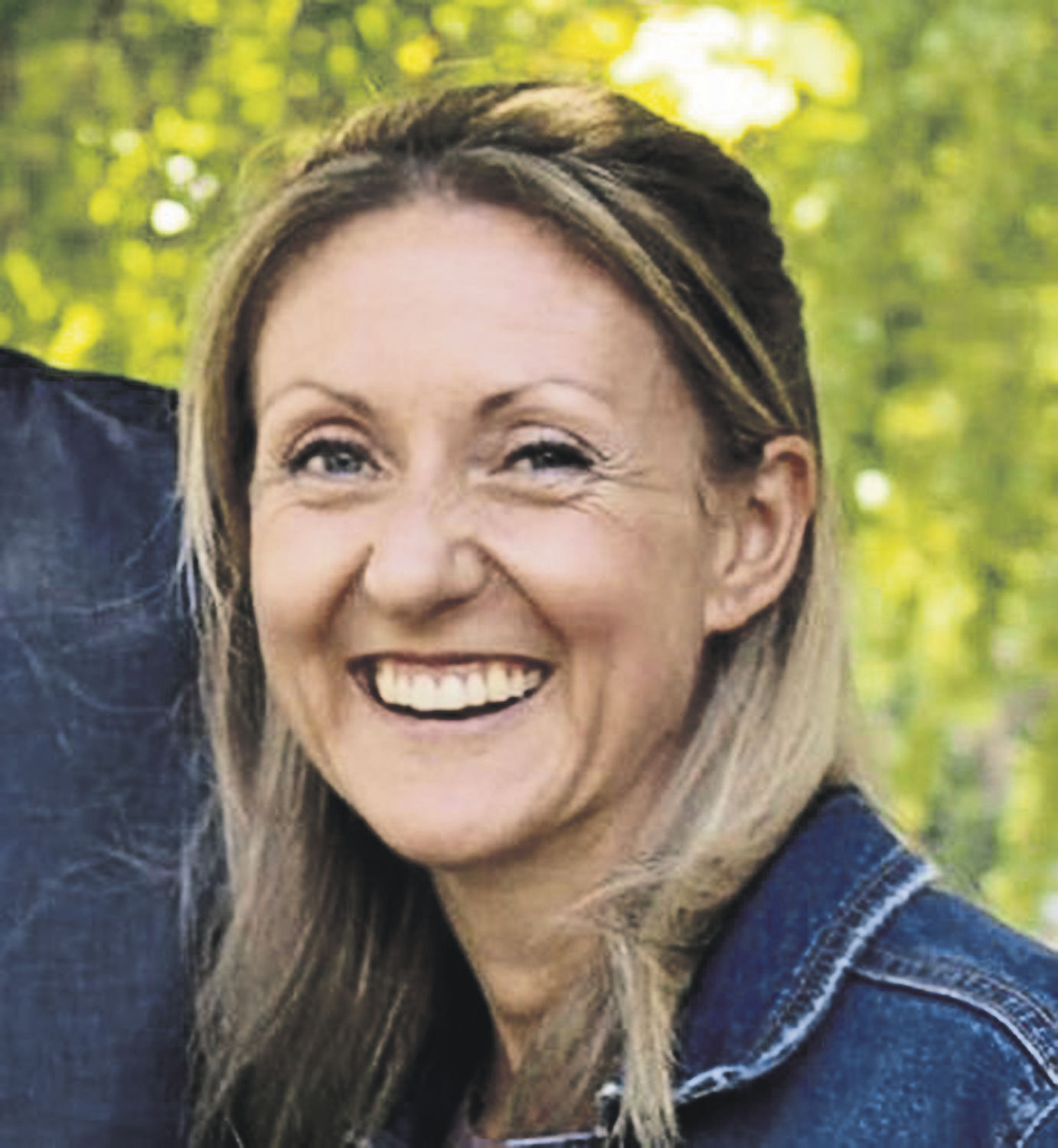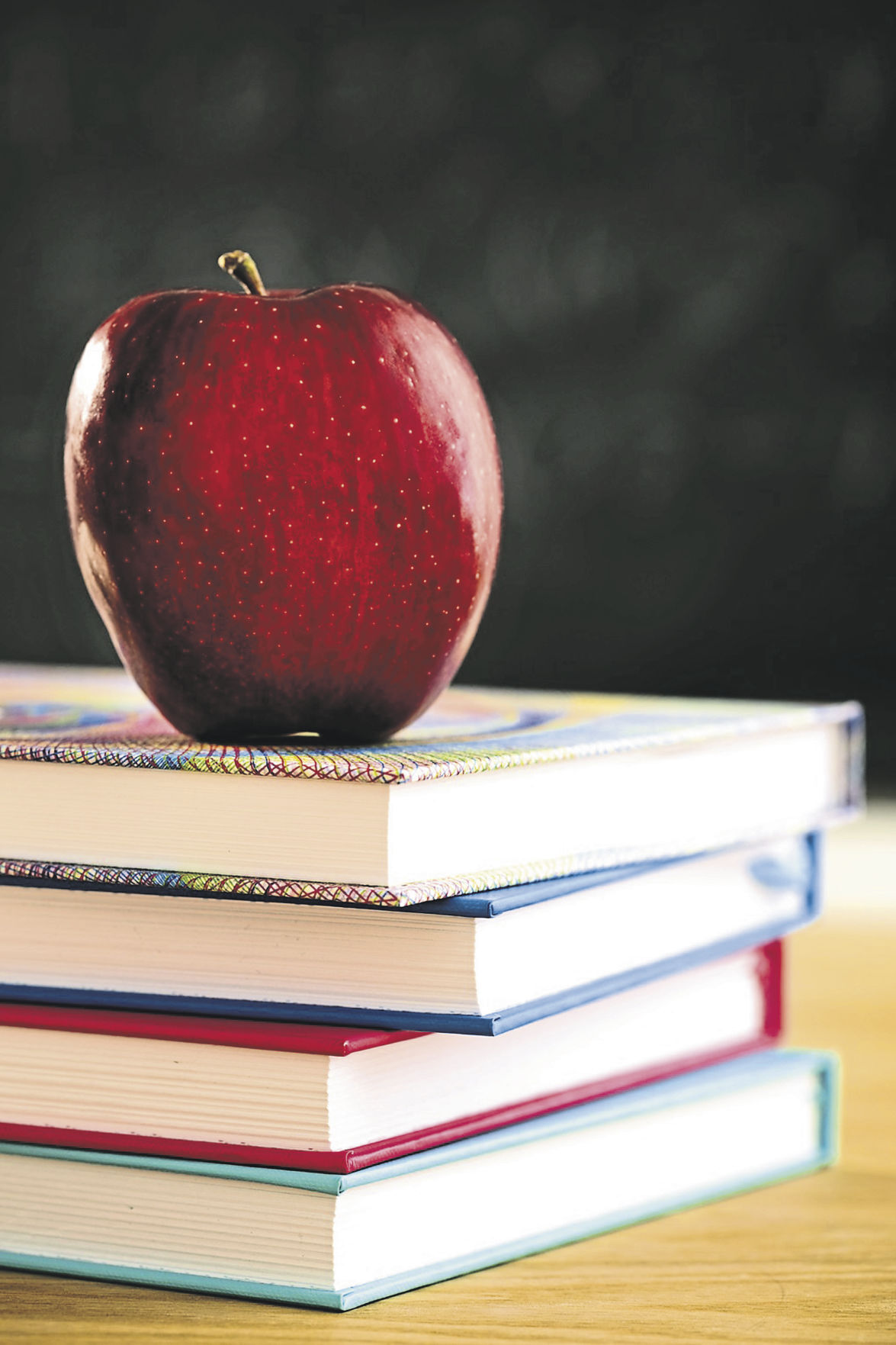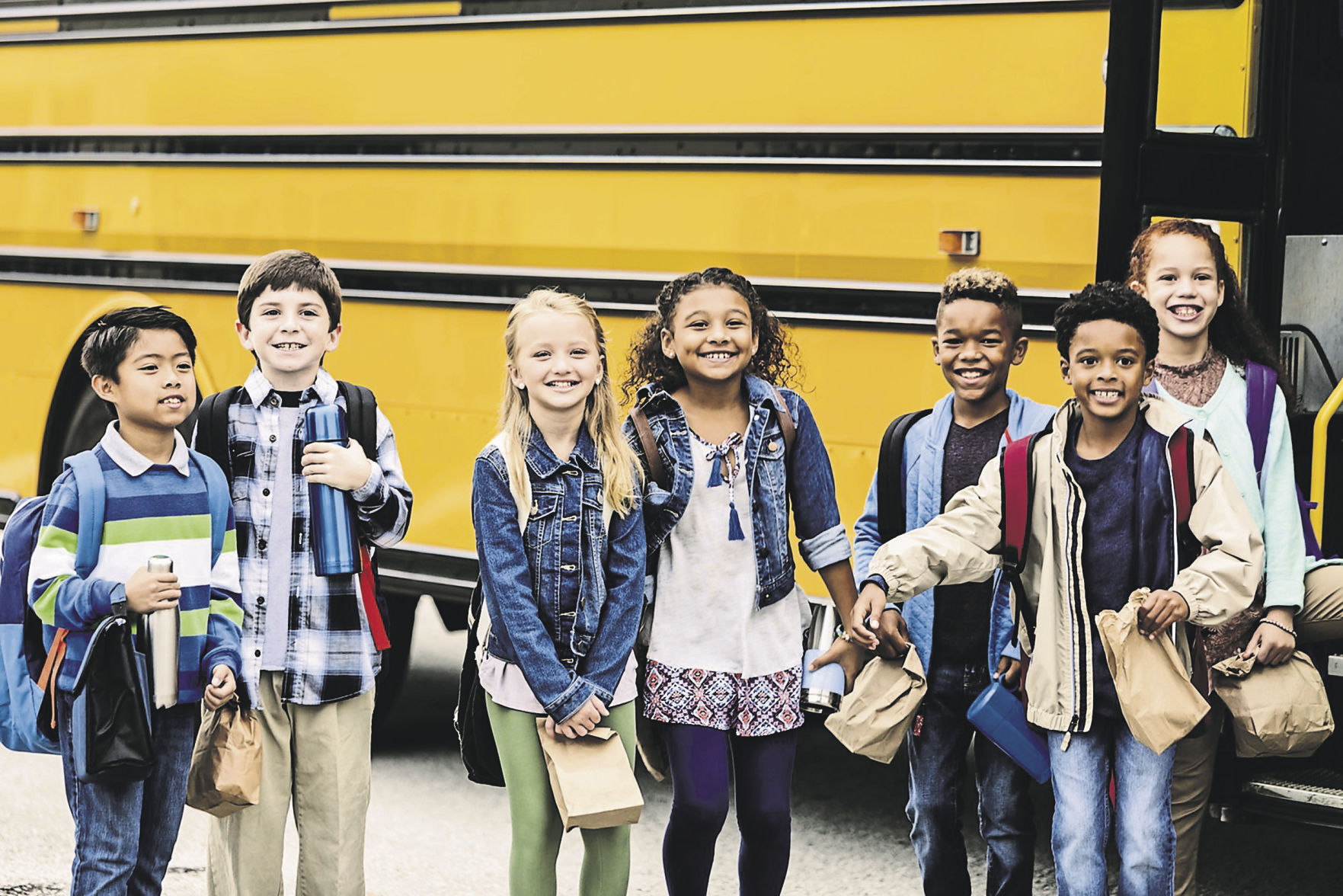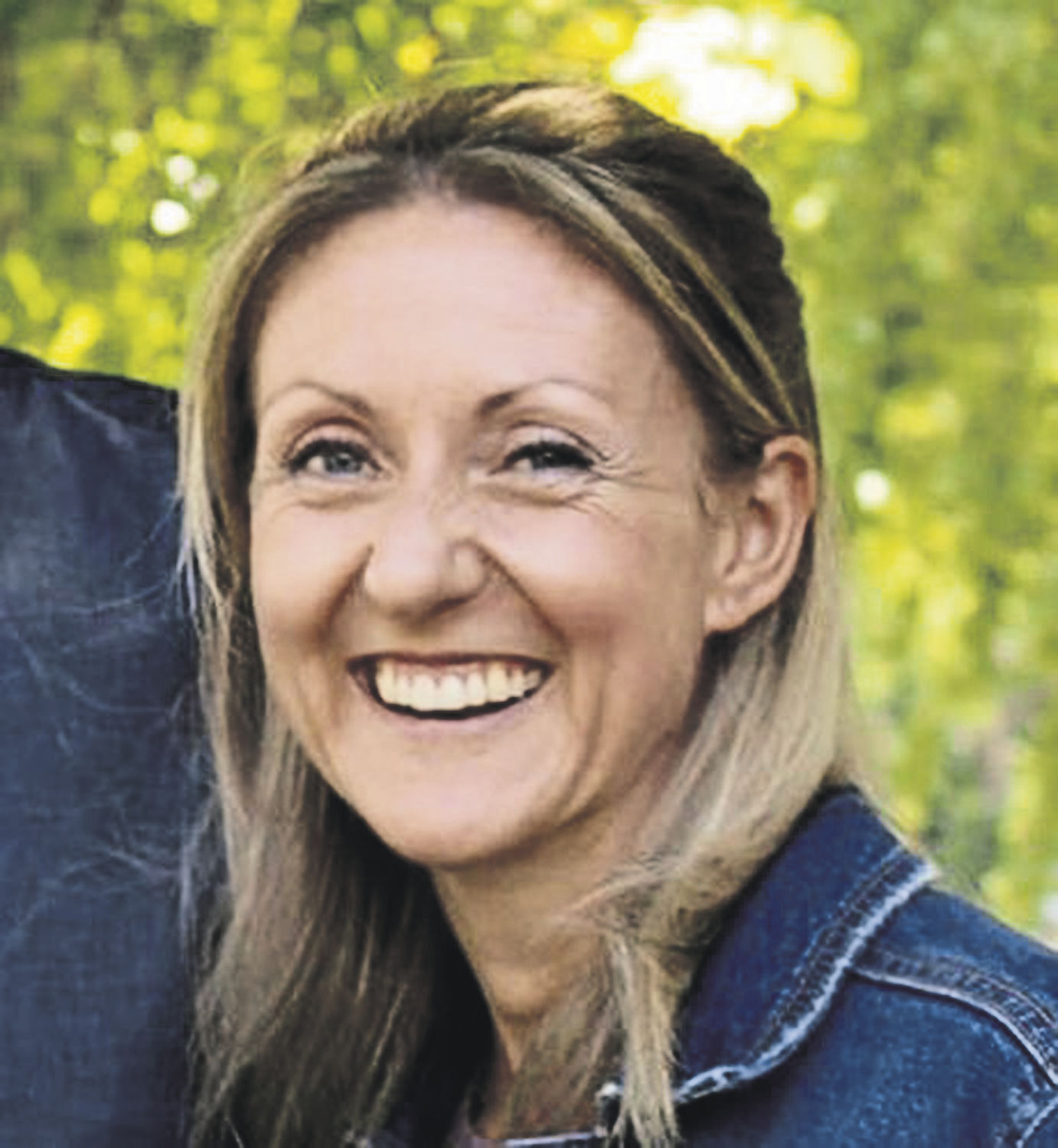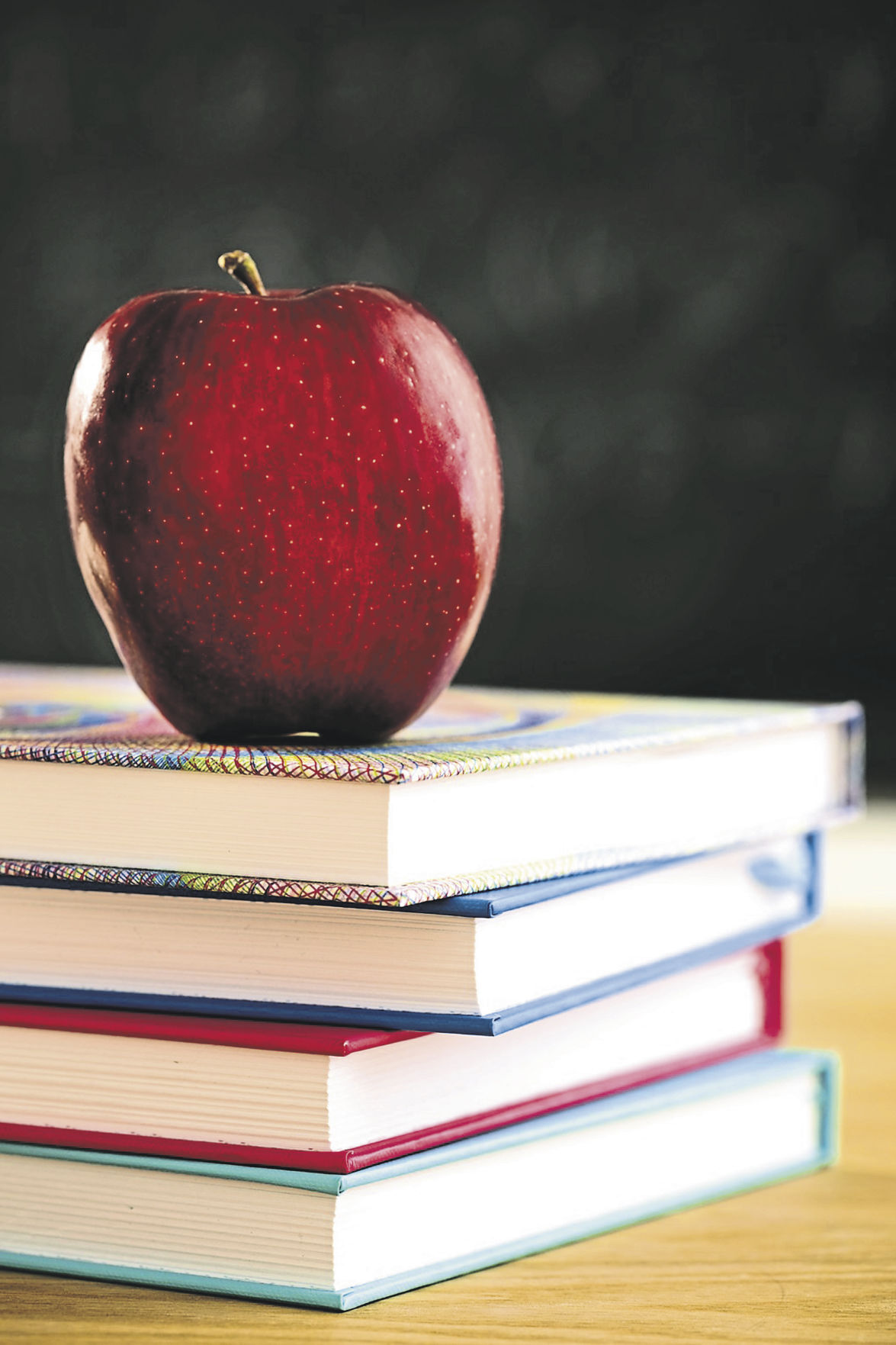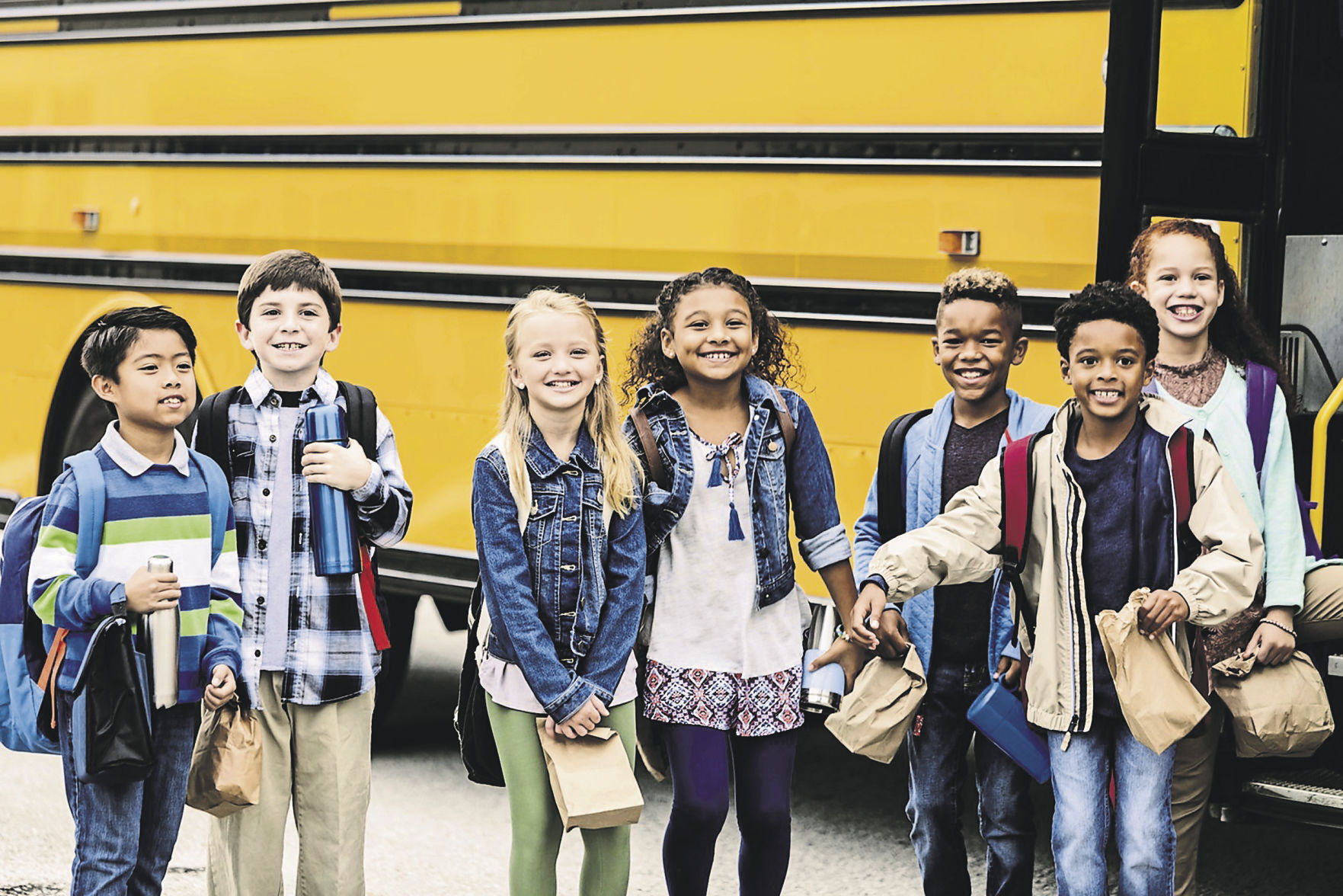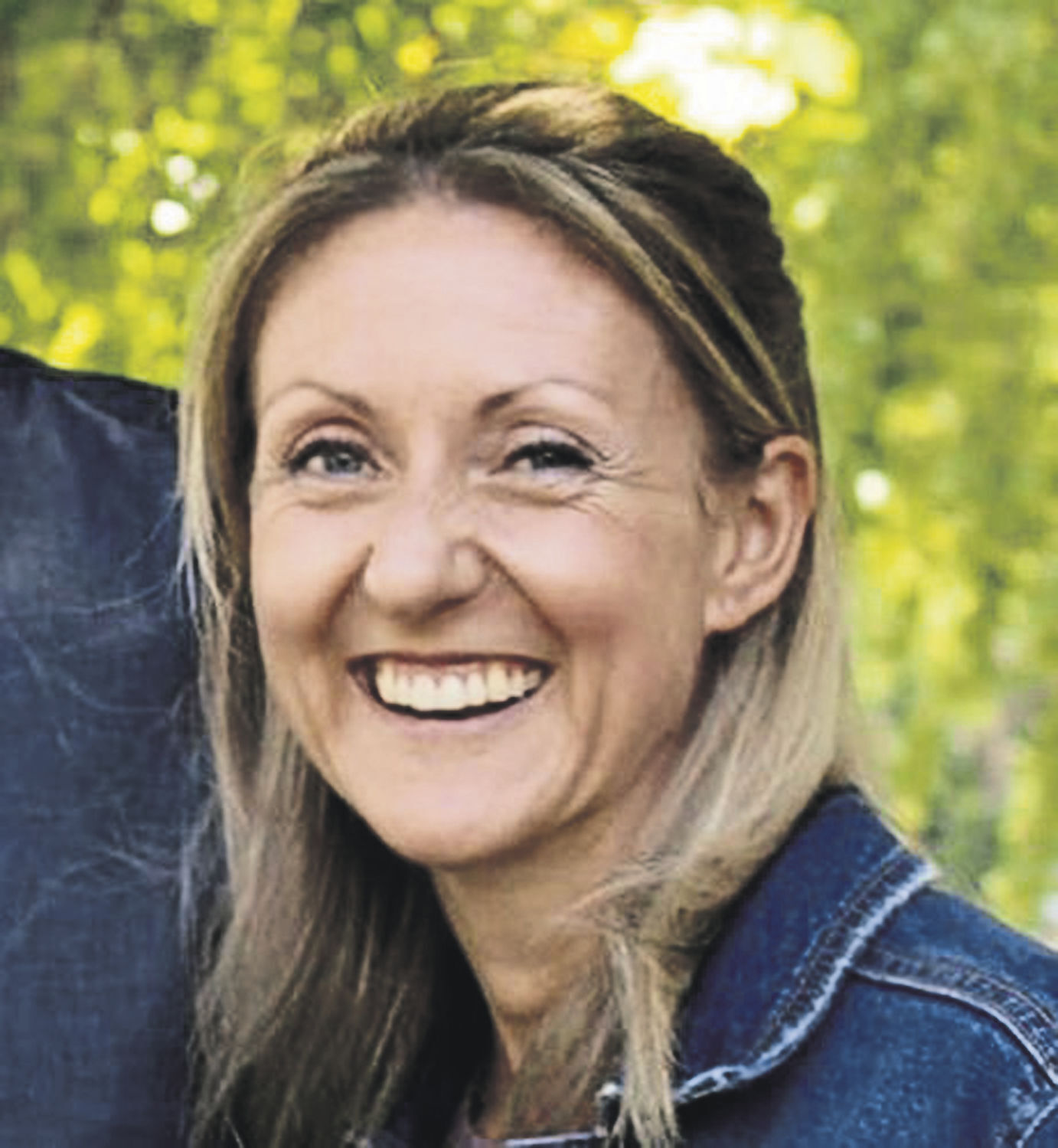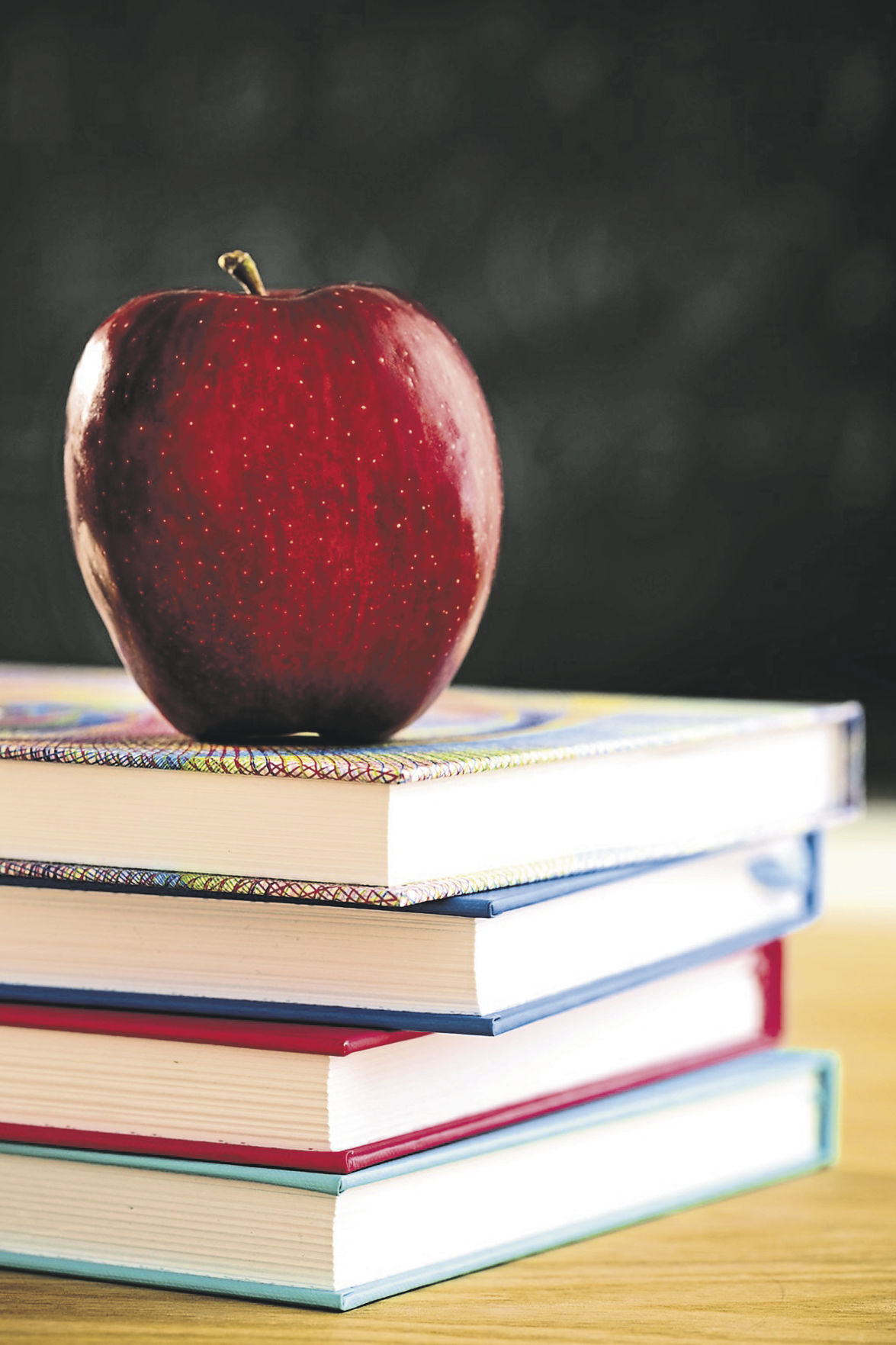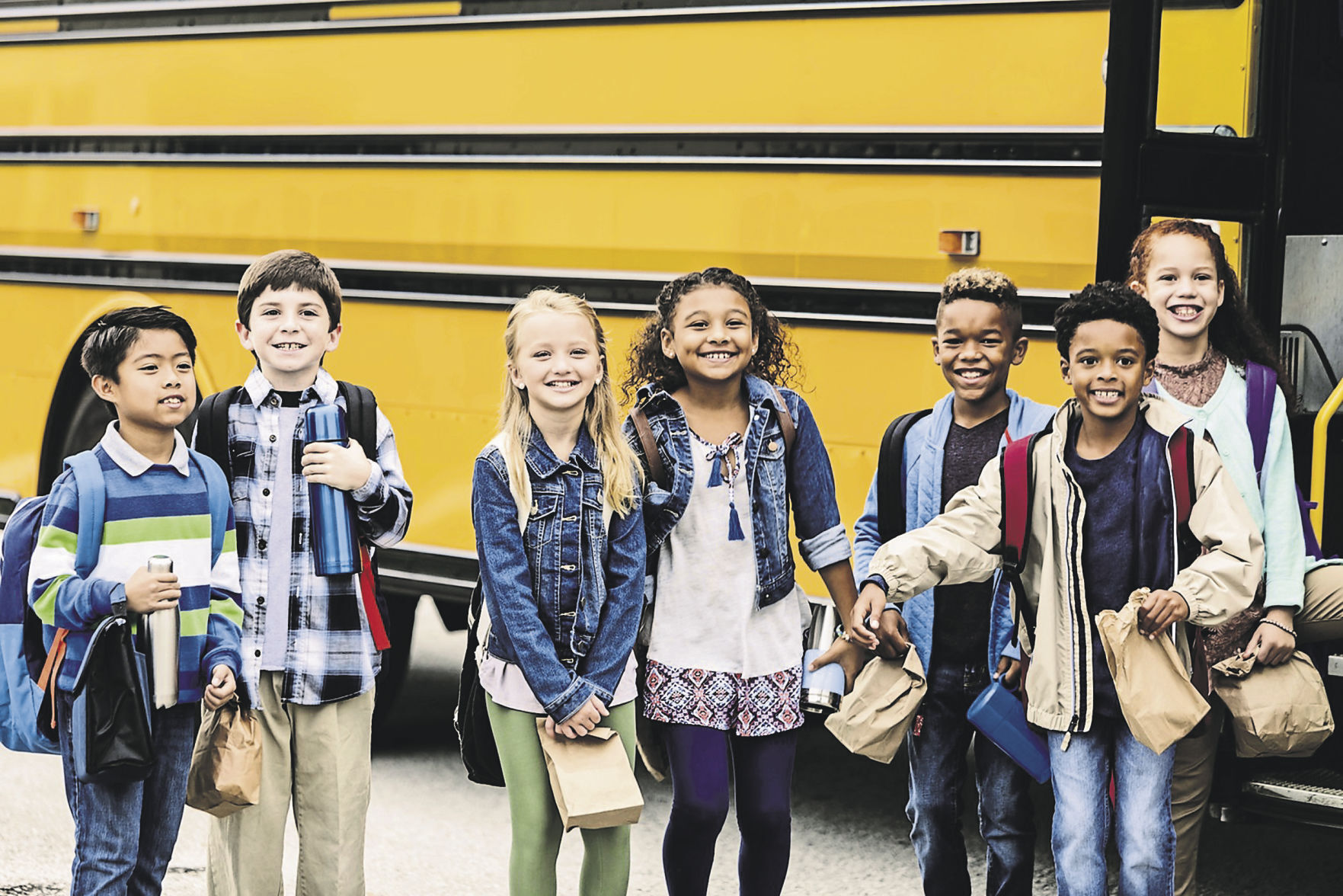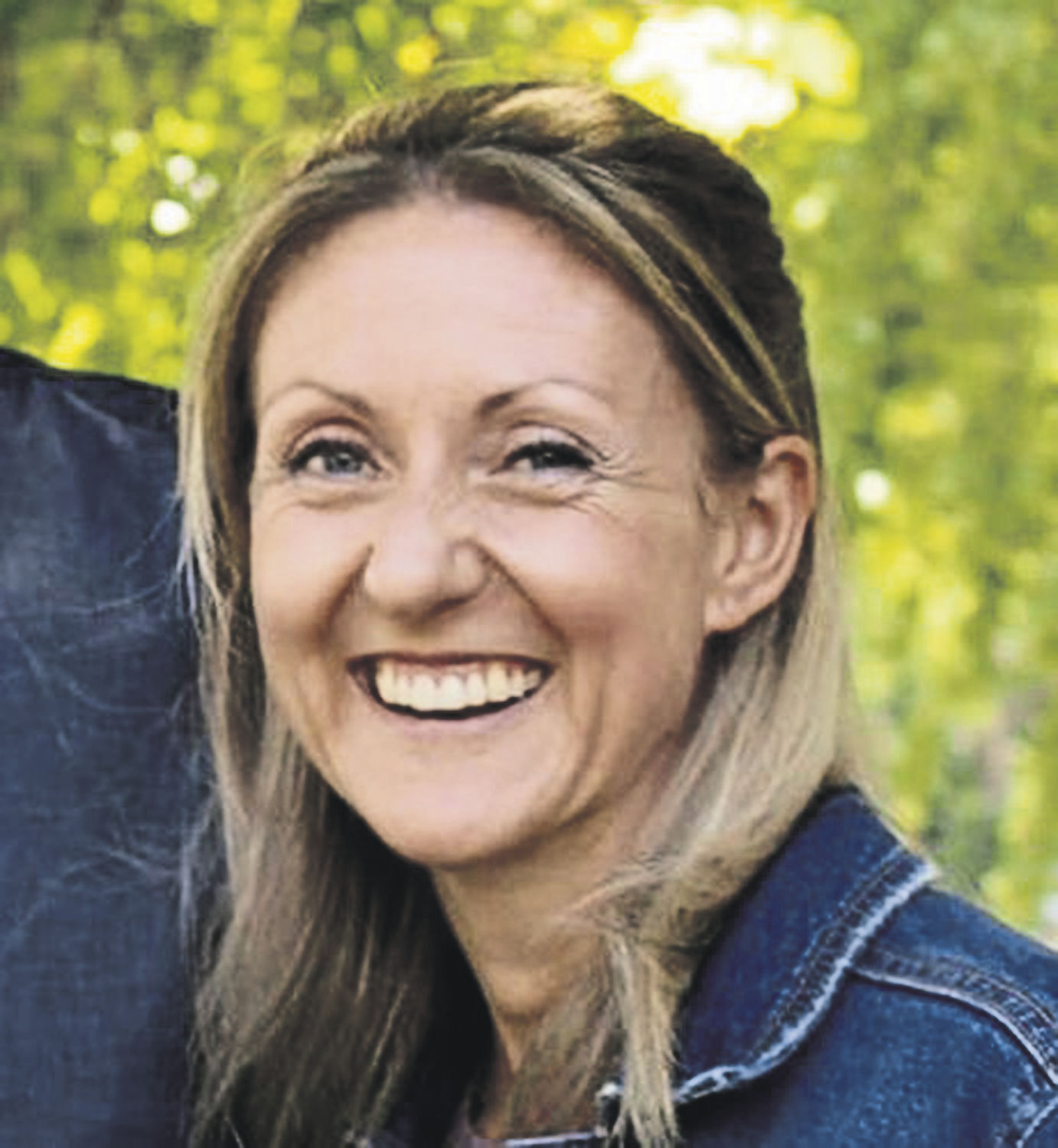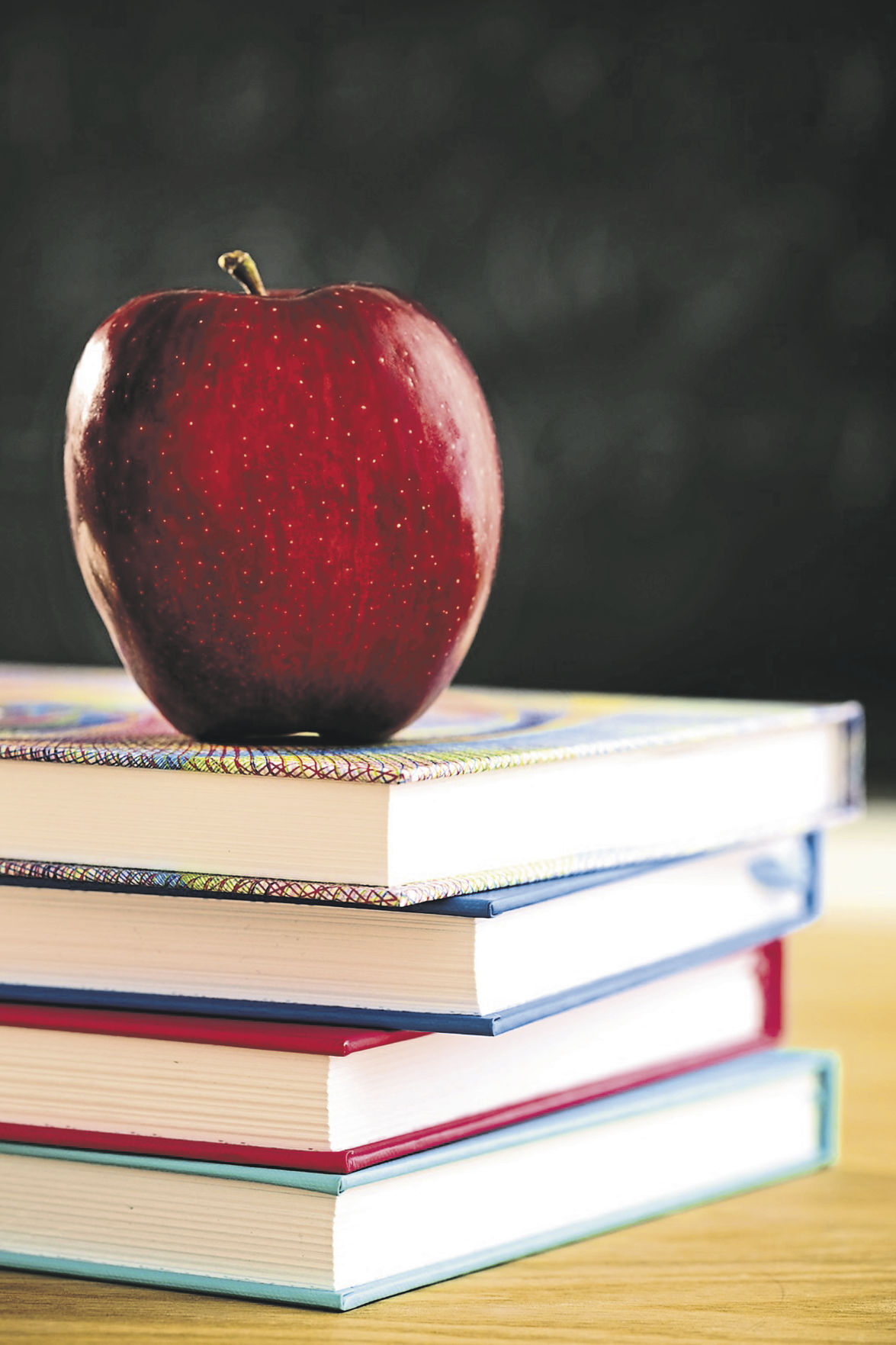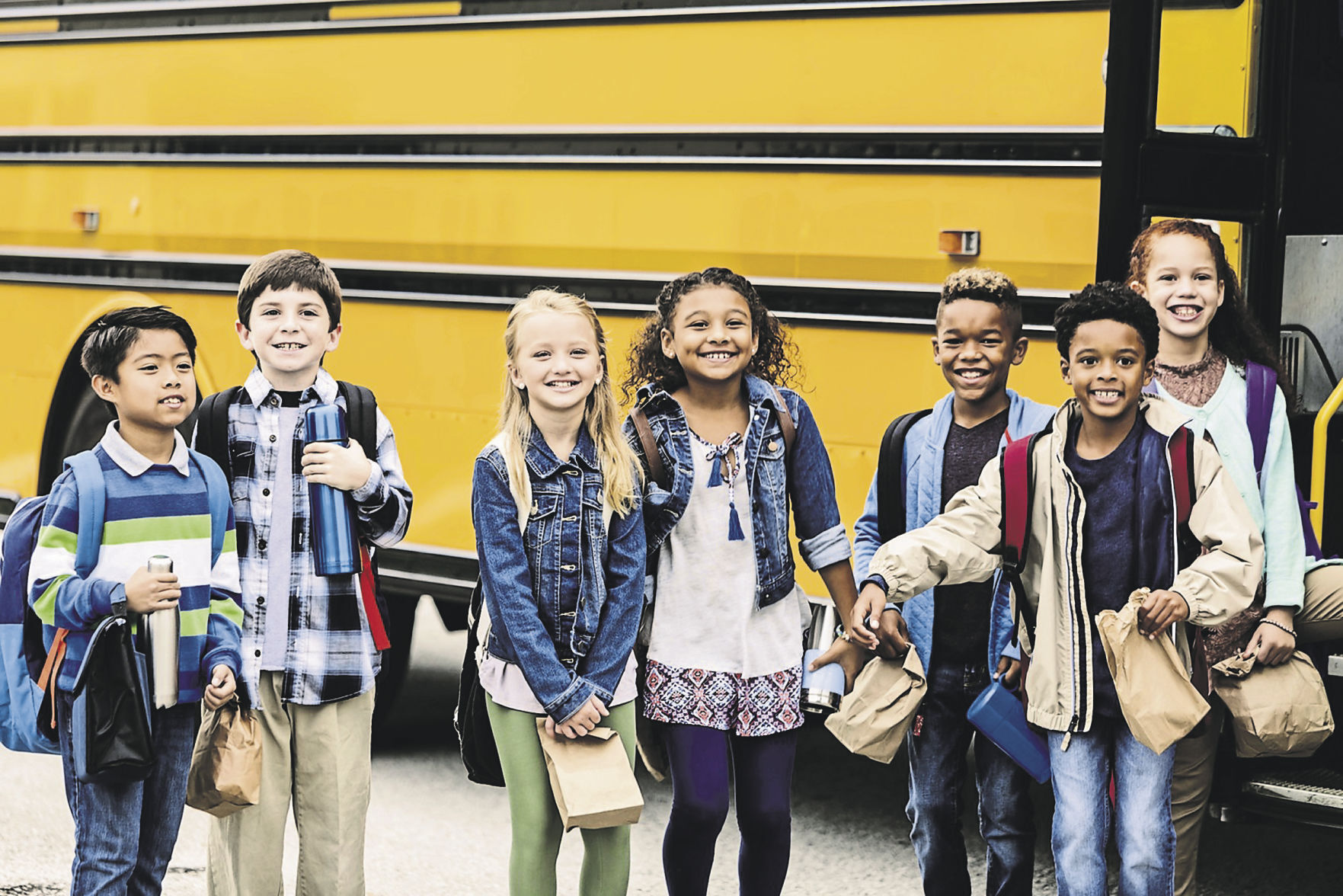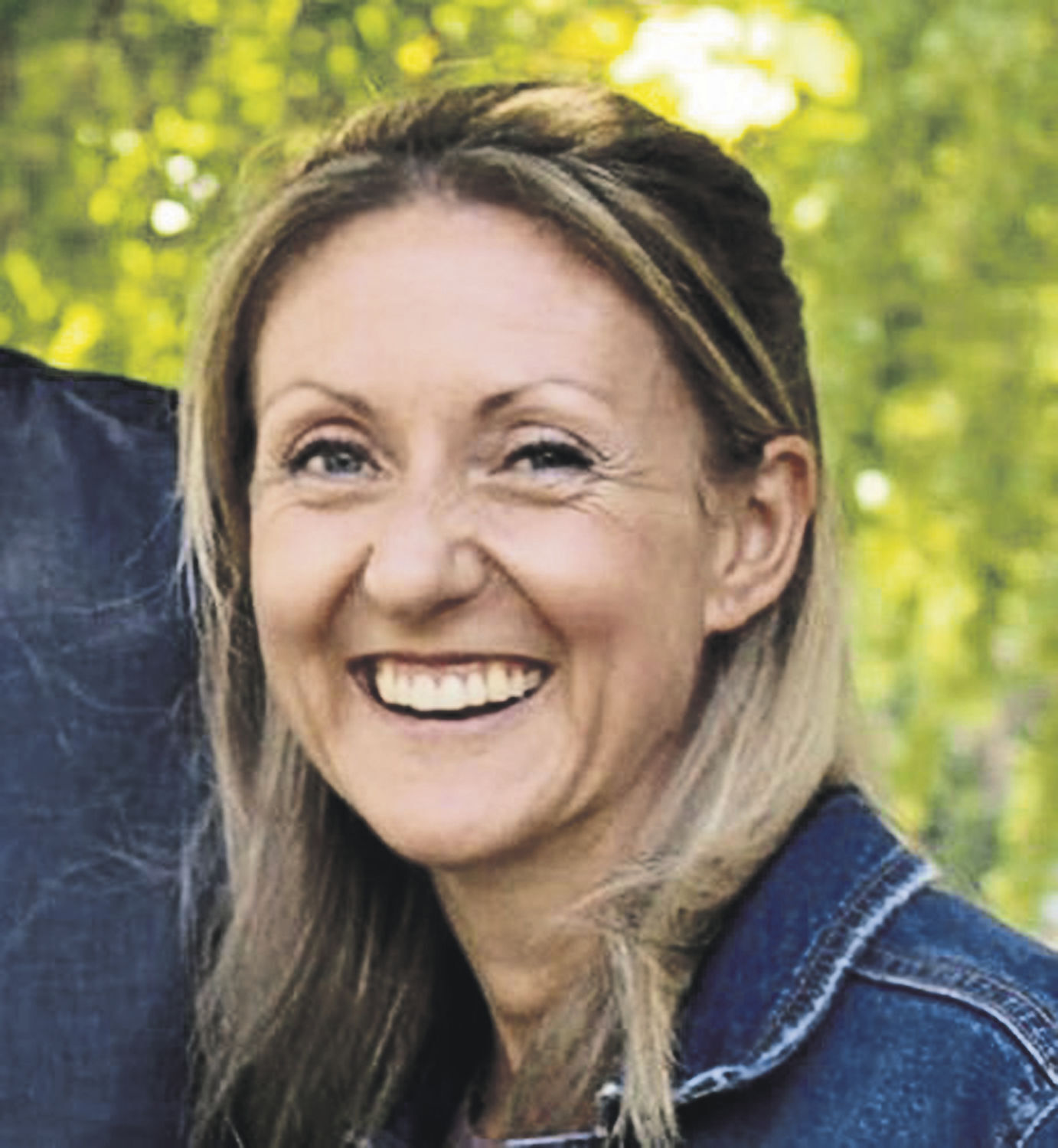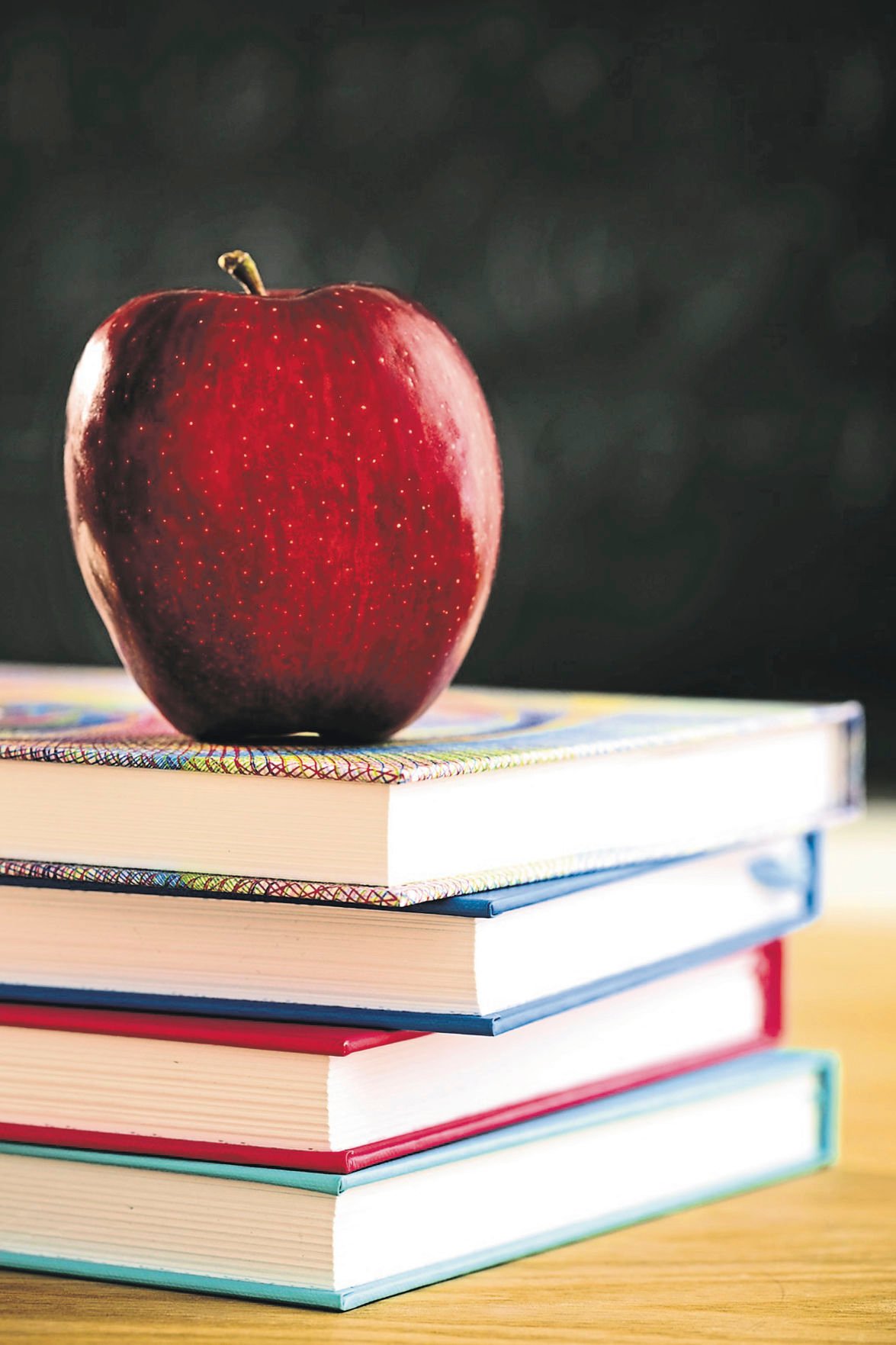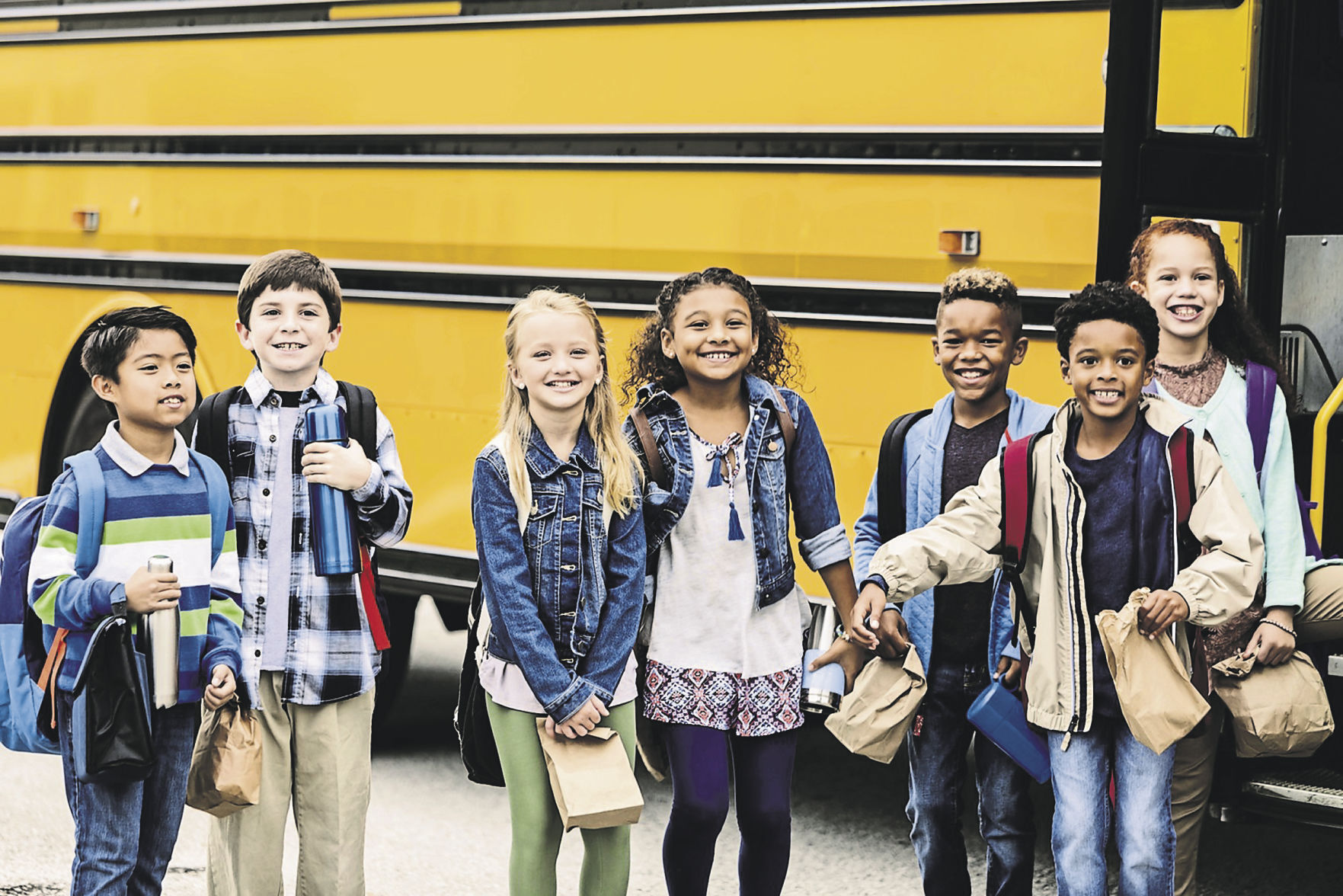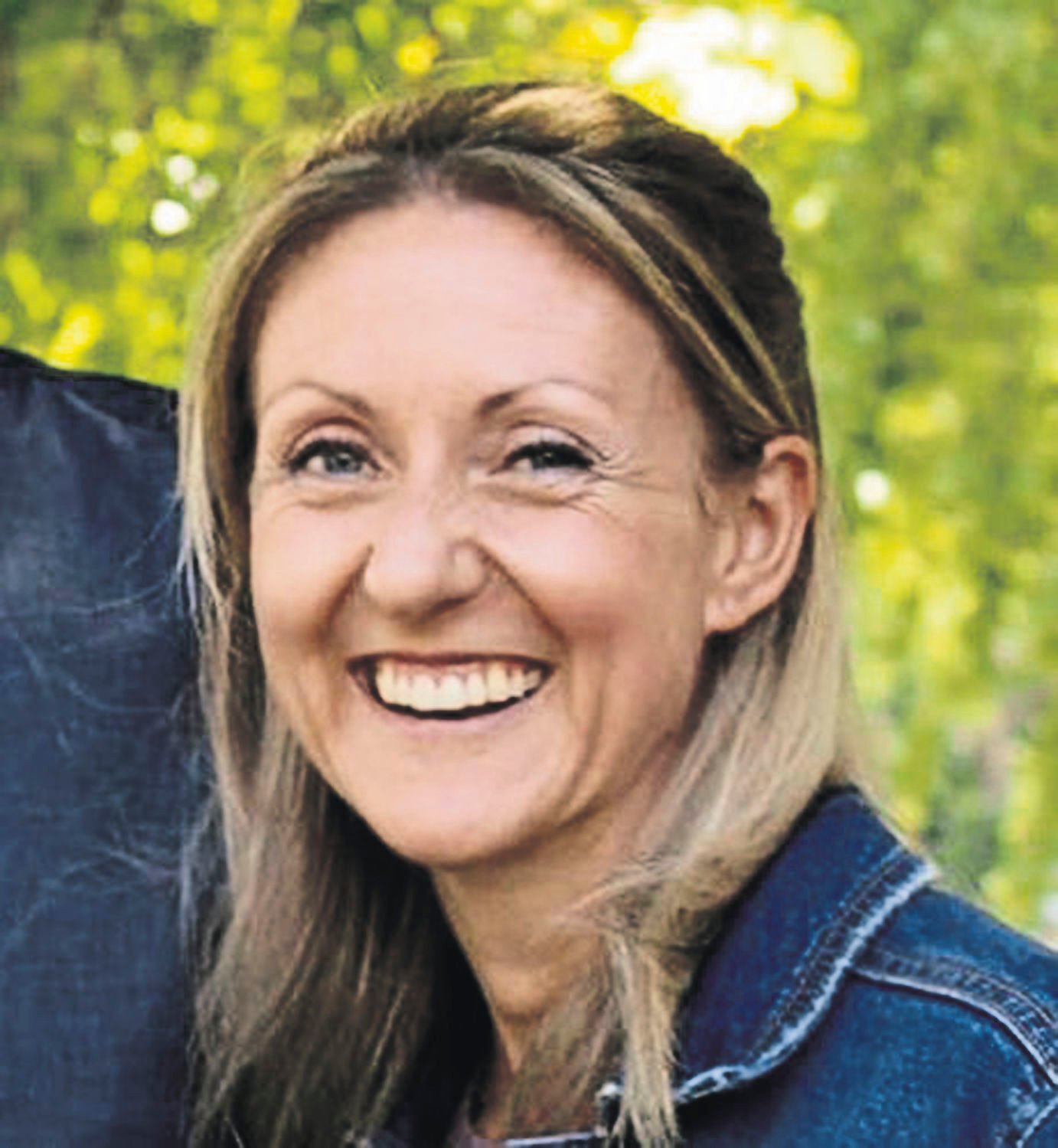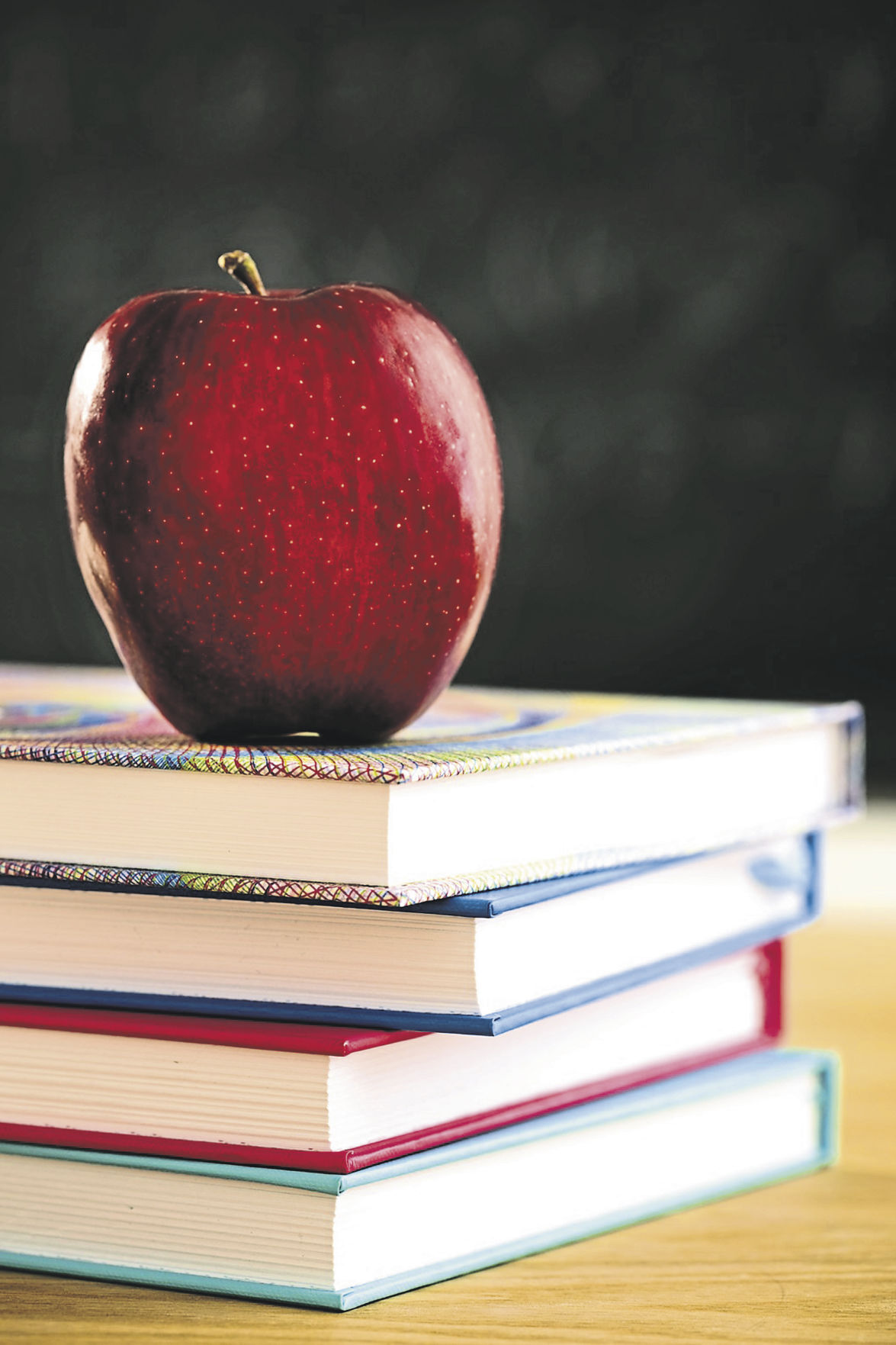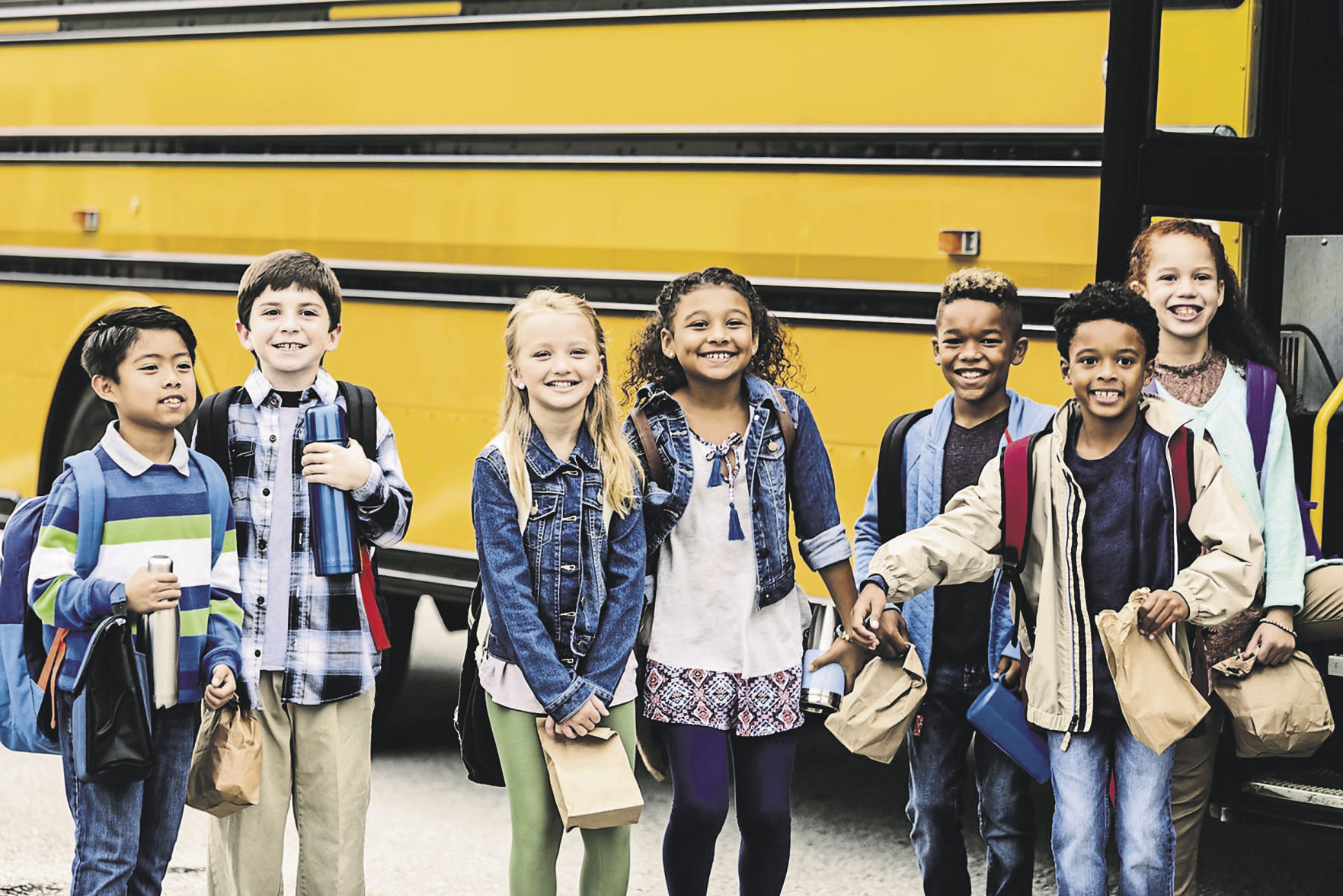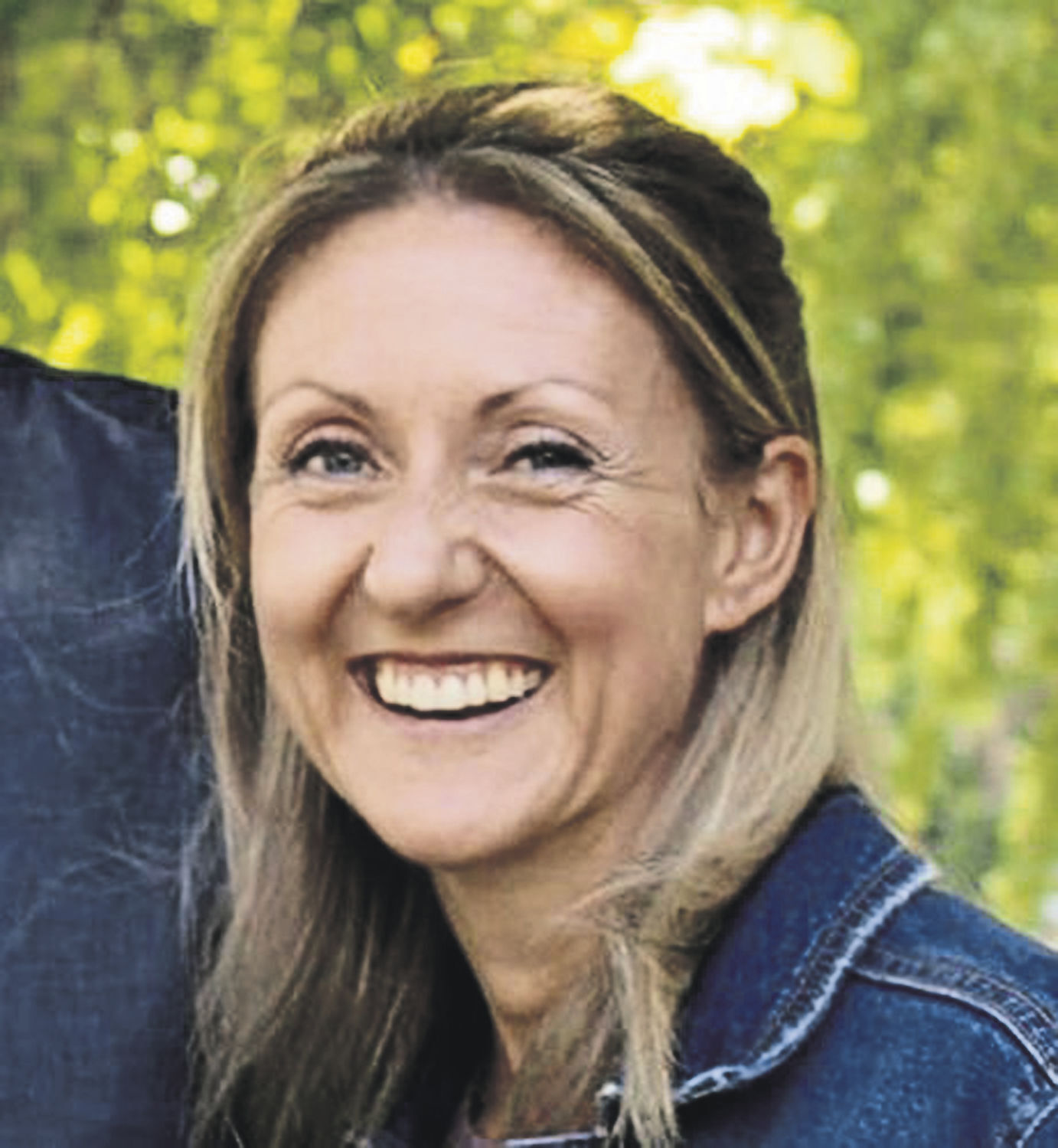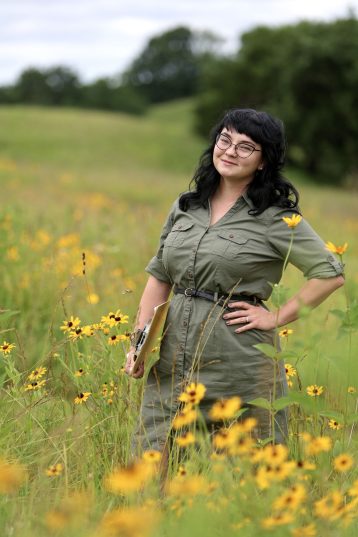W e are coming out of a crazy 16 months.
While the COVID-19 pandemic did not take up two entire calendar years of our lives, it did impact two school years for our children. That’s right — students in our community have not had a normal school term in two academic years.
Even though the 2020-2021 school year ended on a relatively normal note, your child might be experiencing some anxiety about the start of school and what it’s going to look like.
The first day of school can be stressful regardless, but the unpredictability of the past two years likely will increase this tenfold for some children.
Whether your child has the normal first-day-of-school jitters or is suffering from anxiety after COVID-19, here are some tips to ease the transition of the big event:
1
Let your child feel his or her feelings. Allow your child to experience his or her emotions without judgment, and help him or her to name whatever it is he or she is feeling. The old adage, “name it to tame it,” has real value. Help your child give voice to any emotions — pleasant or unpleasant — that he or she is experiencing and discuss how he or she feels in his or her body. Don’t try to minimize the emotions, but instead, admit that some feelings are very uncomfortable to sit with. Reassure your child that emotions are temporary and that eventually, these will fade and be replaced by new ones.
2
Listen. Listen to your child without inserting your opinions or experiences. Listening to our children — really listening to what they are saying — is one of the greatest gifts we can give them. Listen simply to understand what it is they are thinking and feeling without trying to insert how it is you think they should feel. Also, no matter how tempted you are to tell a story of a time you felt similarly, just keep listening. Even though we, as adults, know that anxiety about the unfamiliar is common and that it will all be OK, in your child’s mind, their experience is scary and uniquely theirs. Honor this with your listening.
3
Stick to your family’s routine as much as possible. While most of us stray from our normal routines in summer, try to get back to your school year times as much as possible in the days leading up to the first day of school. This hopefully will give your child a sense of predictability and security as the time counts down to the first school bell. This also will ease the transition to reality when school really does start.
4
Provide your child with lots of sleep and eat a healthy diet. Food, rest and sunshine are the three biggest healers. When your child has gotten plenty of time outside in the sun, make sure lots of good sleep and nutritious eating are taking place inside. Certain foods, such as turkey, asparagus, Swiss chard, tuna, eggs and yogurt, are known to reduce anxiety because, among other things, they increase the body’s serotonin and antioxidant production. If possible, try to insert some of these foods into your family’s meal plans while minimizing foods with sugar and caffeine, which increase anxiety.
5
Ask for help. Give your children fun tasks and responsibilities related to the first day of school. Perhaps have them create their supply list, look for a cool new backpack, or come up with some sack lunch menus. Then, take them to the store to select their groceries. Fear stems from feeling a lack of control, so putting your children in the driver’s seat in healthy ways can help to alleviate some of their anxiety.
6
Use guided imagery to prepare. Sit with your child and have him or her imagine a great first day of school. Encourage him or her to verbally tell you, step-by-step, what this looks like. This is a technique professional athletes and performers use to get over their jitters and to ensure an optimum performance. This also can help your child boost his or her confidence as he or she prepares to enter the school doors this month.
The start of this school year promises to be a very exciting one as we re-enter the world post-COVID-19. It’s OK if your child doesn’t see this in the same way. Whether your child is happily anticipating the first day of school or dreading it, the tips above will hopefully help to start your school year off on a positive note.
Melissa Hyde has a masters in education from Pepperdine University in Los Angeles and more than 10 years experience teaching elementary education. She works for Challenge to Change in Dubuque, teaching children social emotional regulation skills through the practices of yoga and mindfulness.

